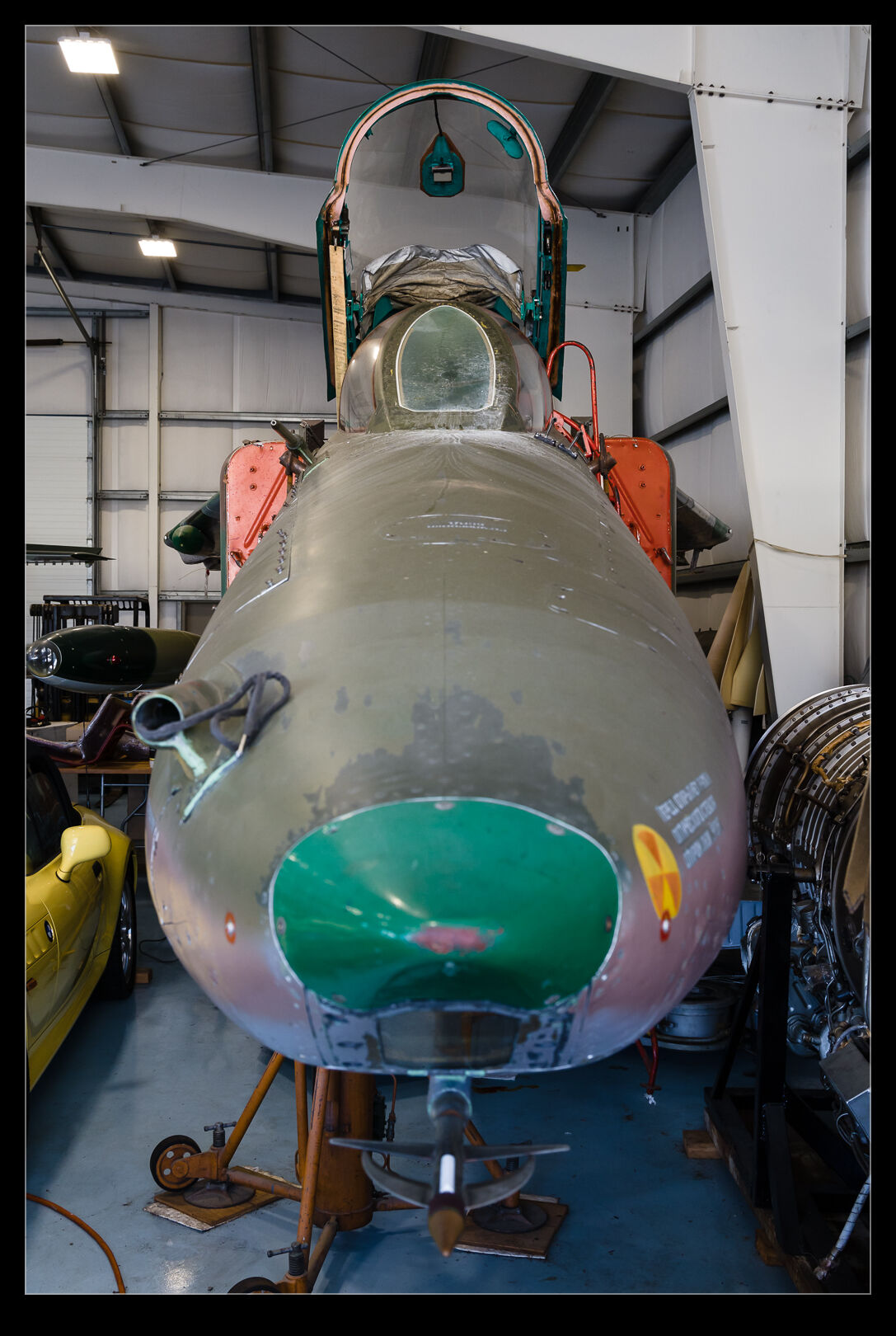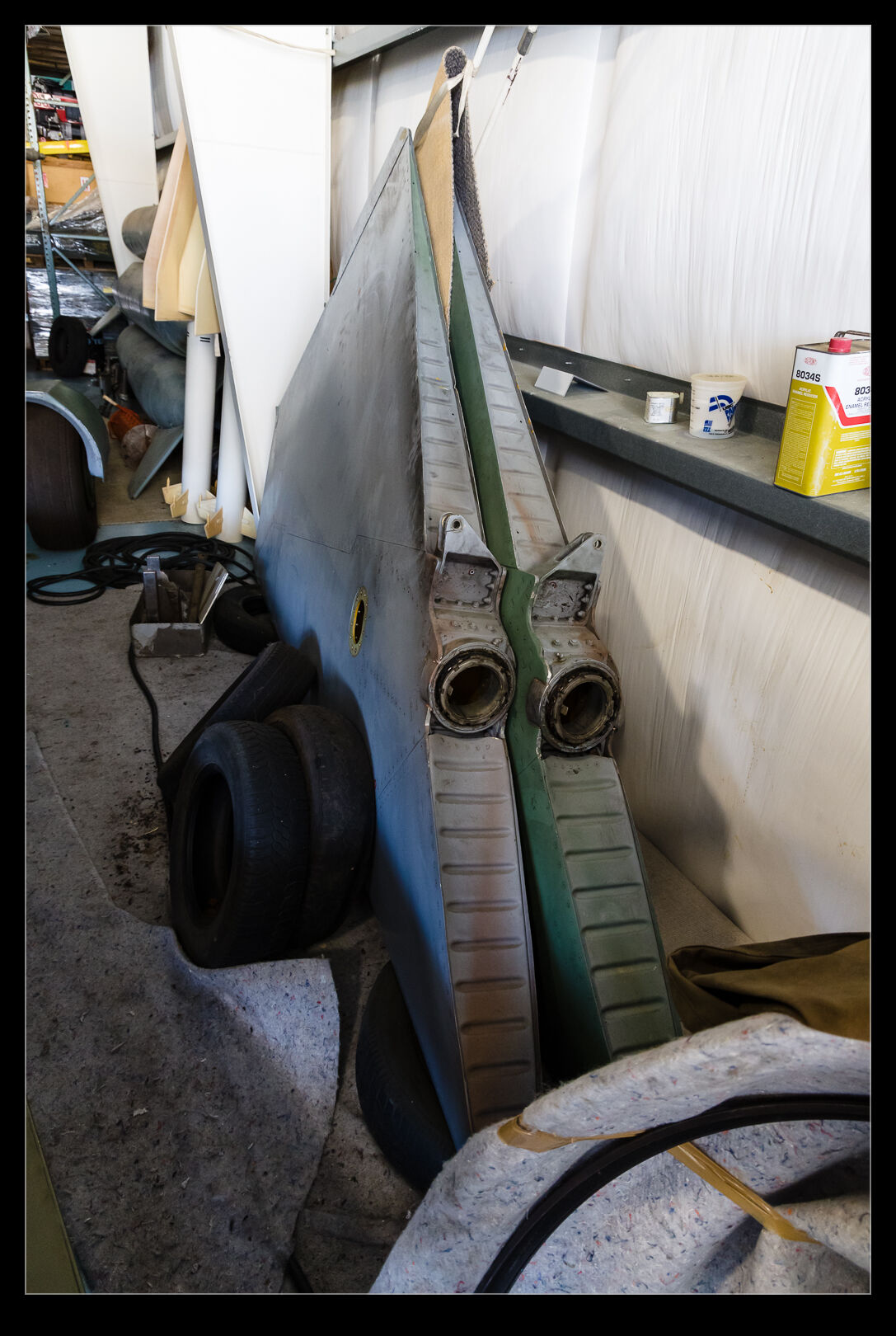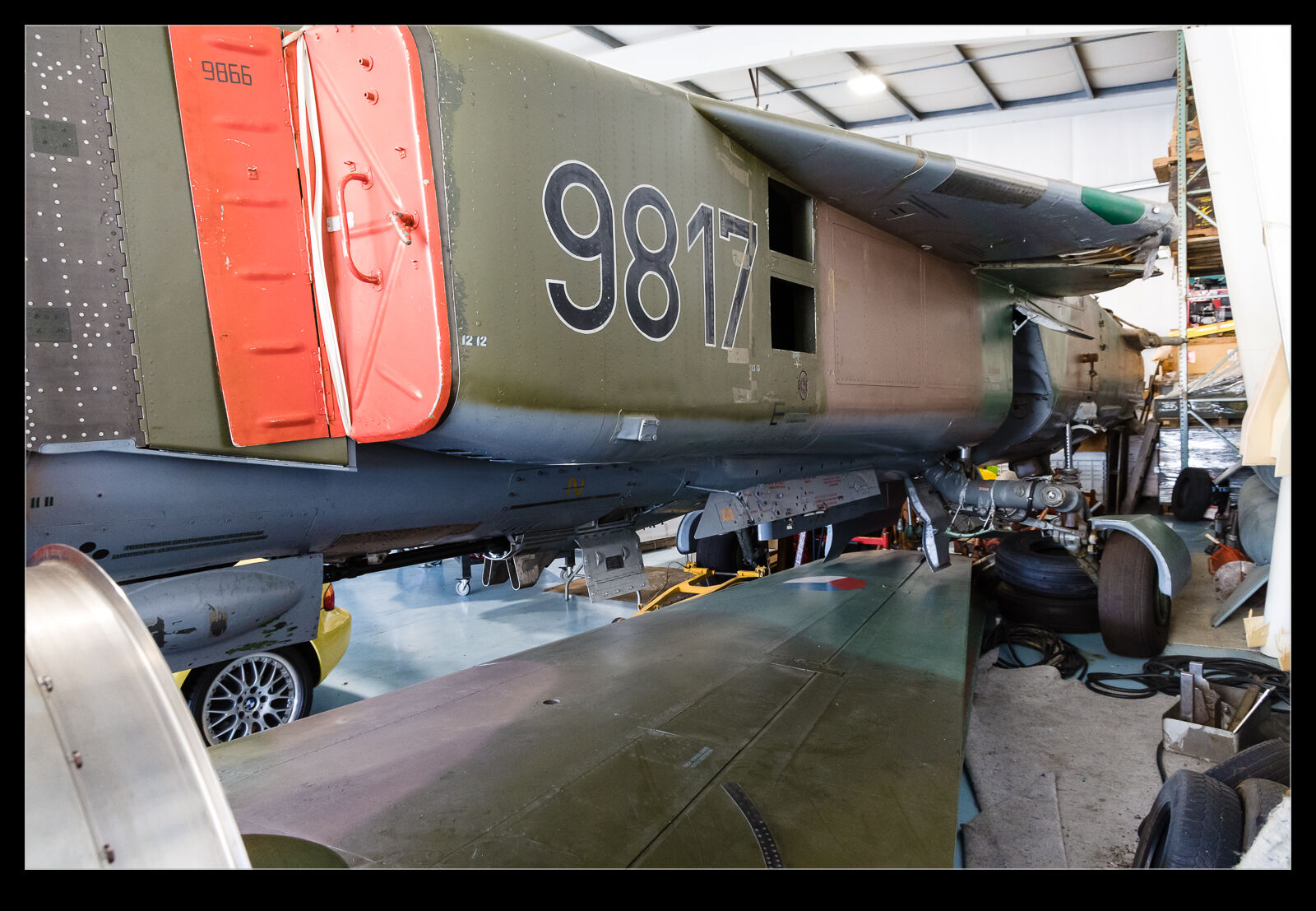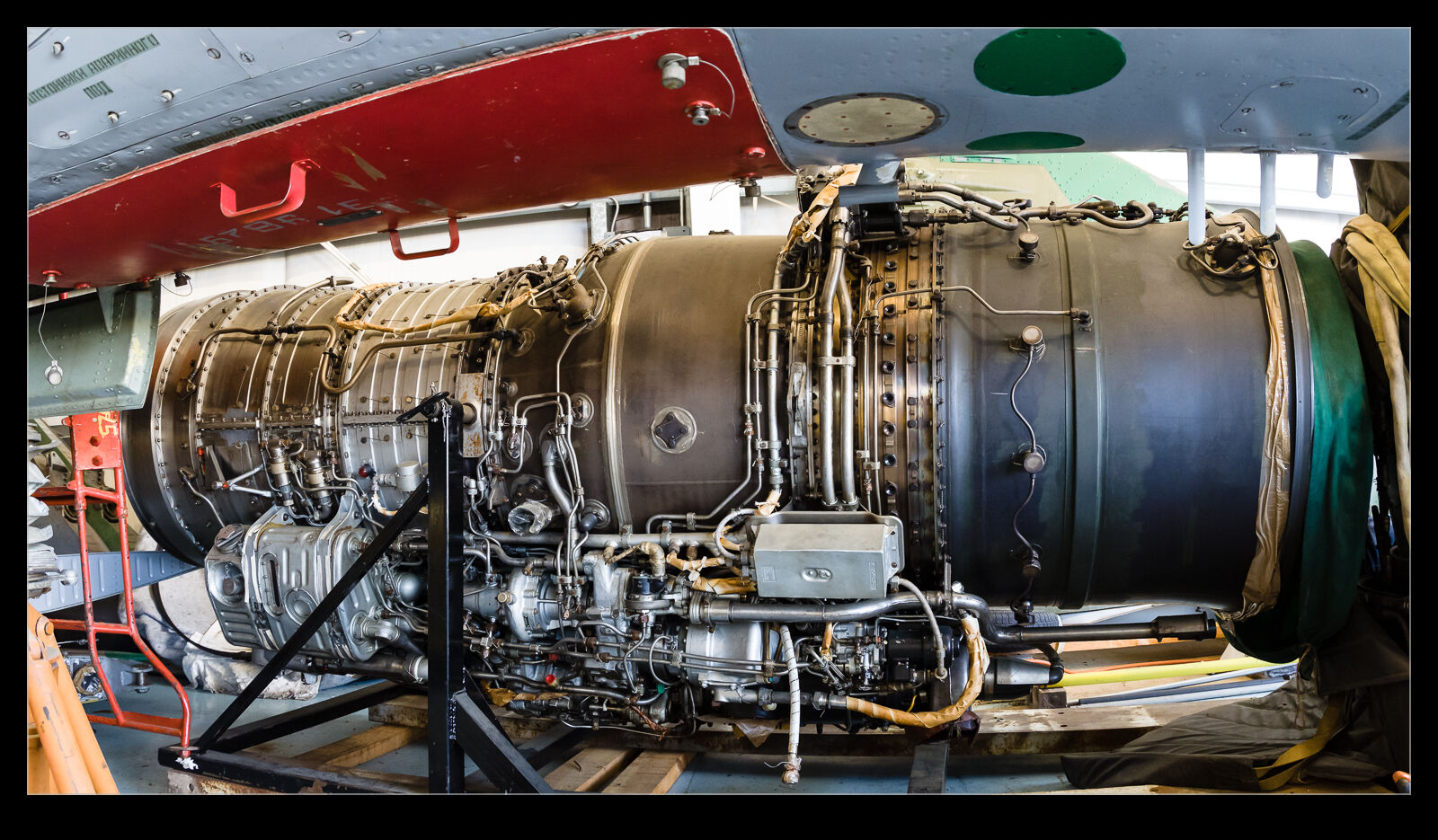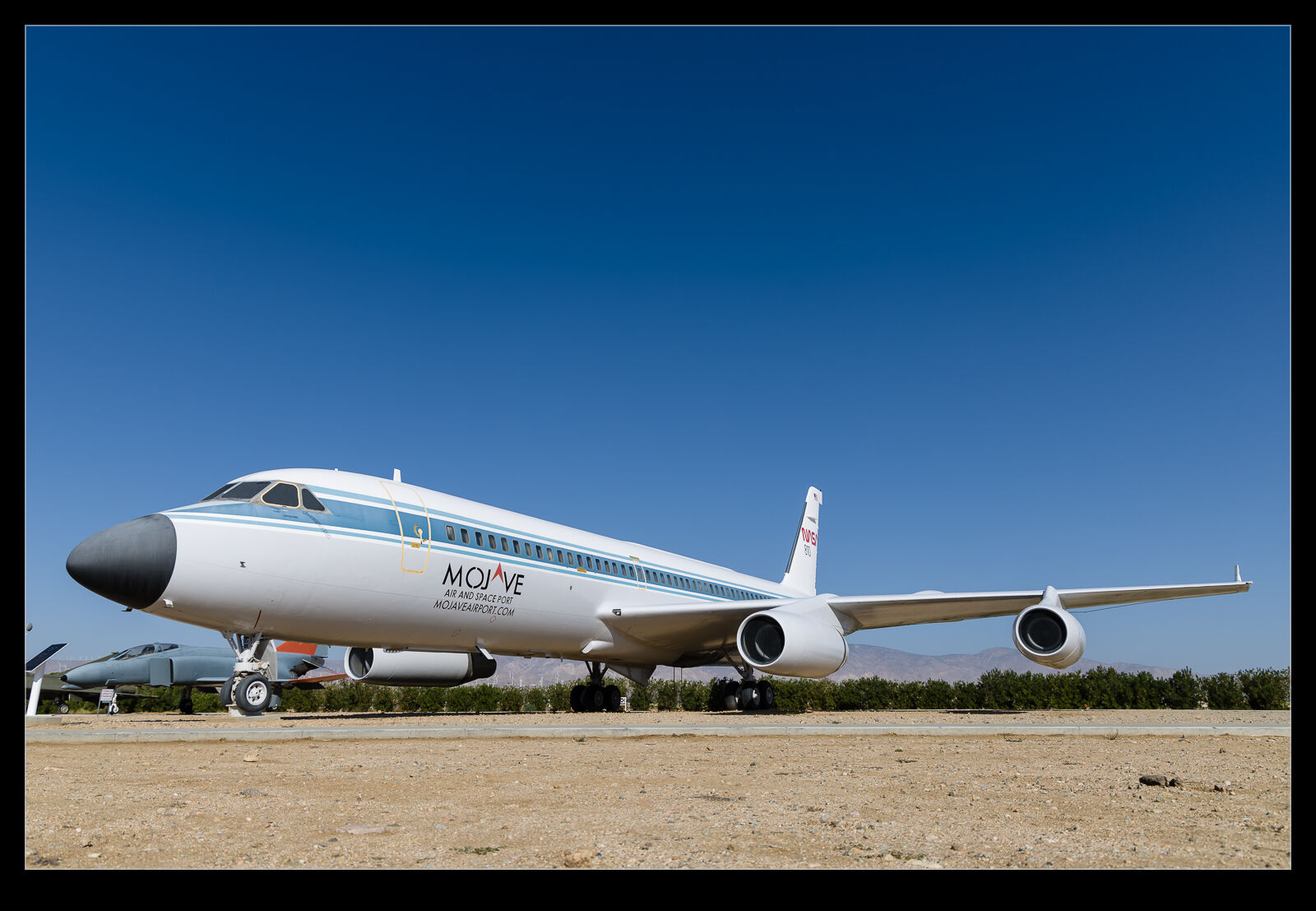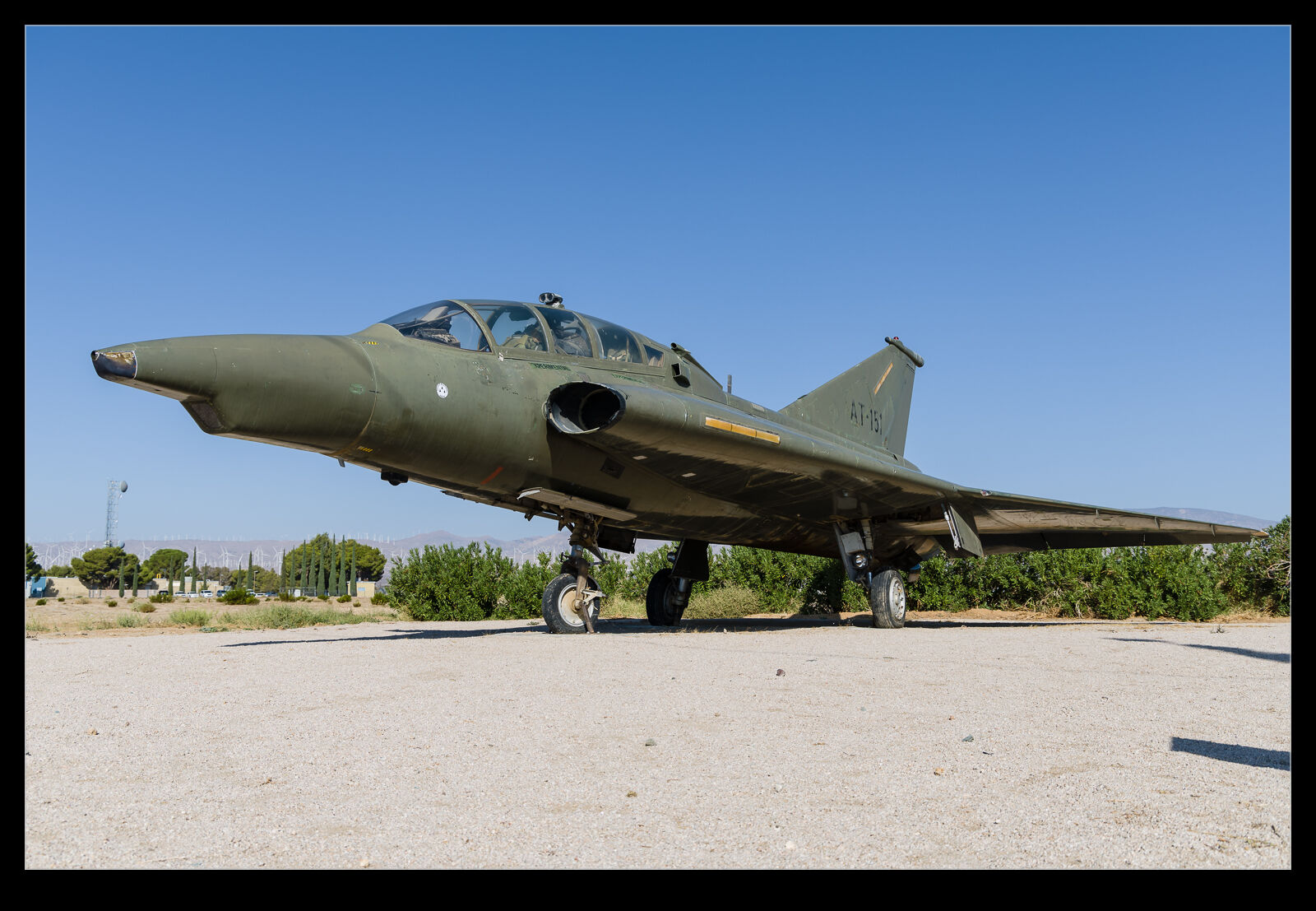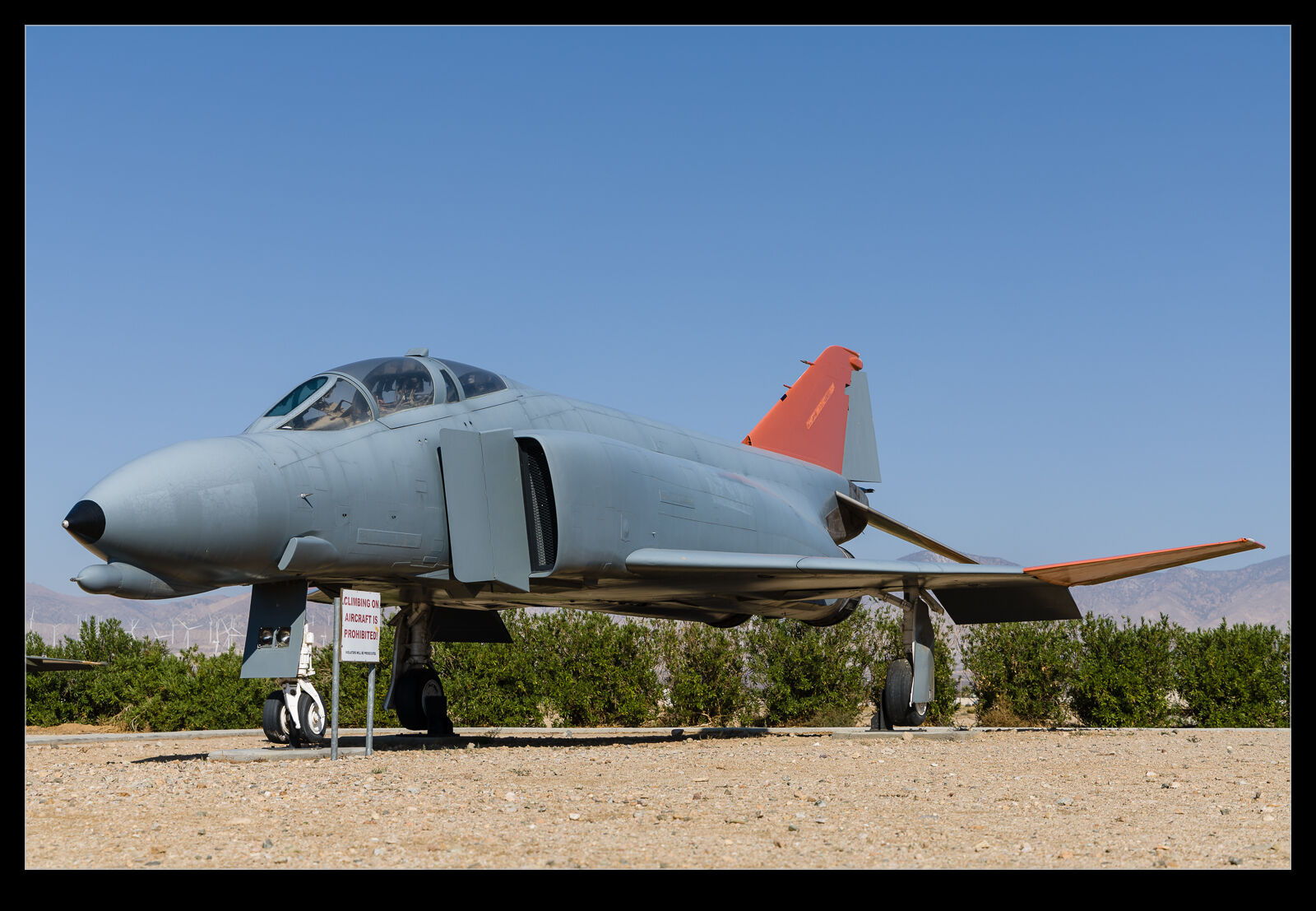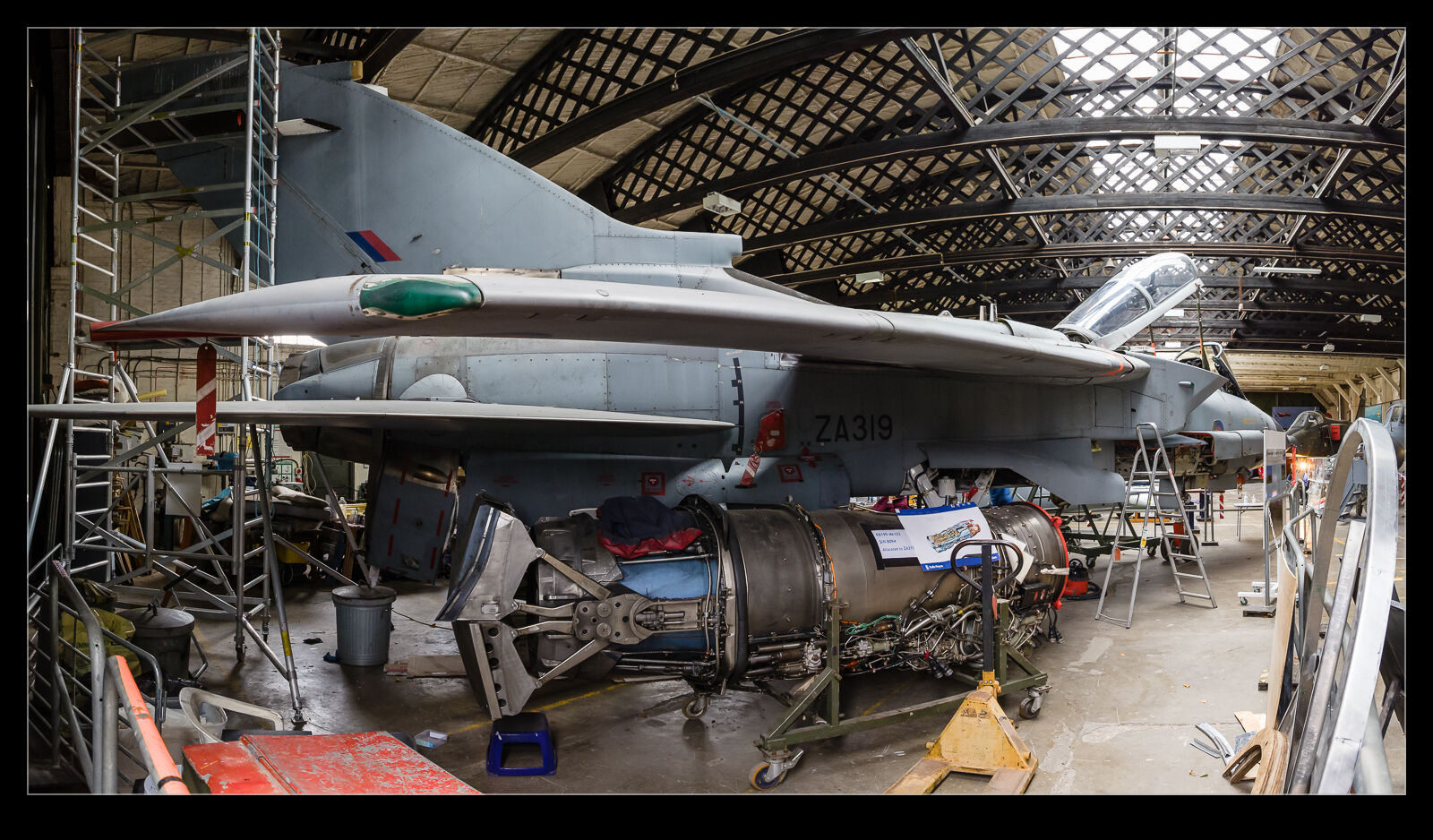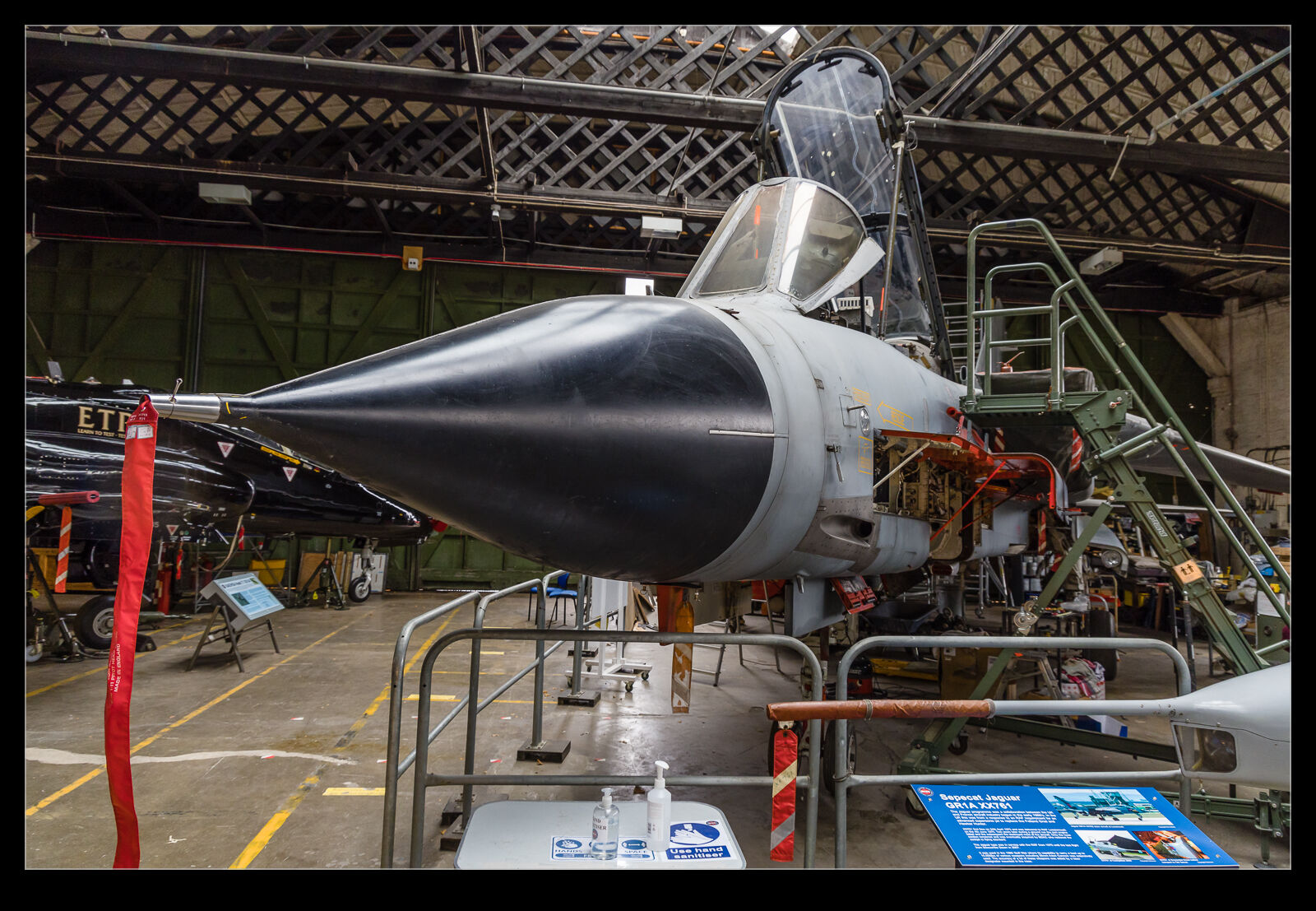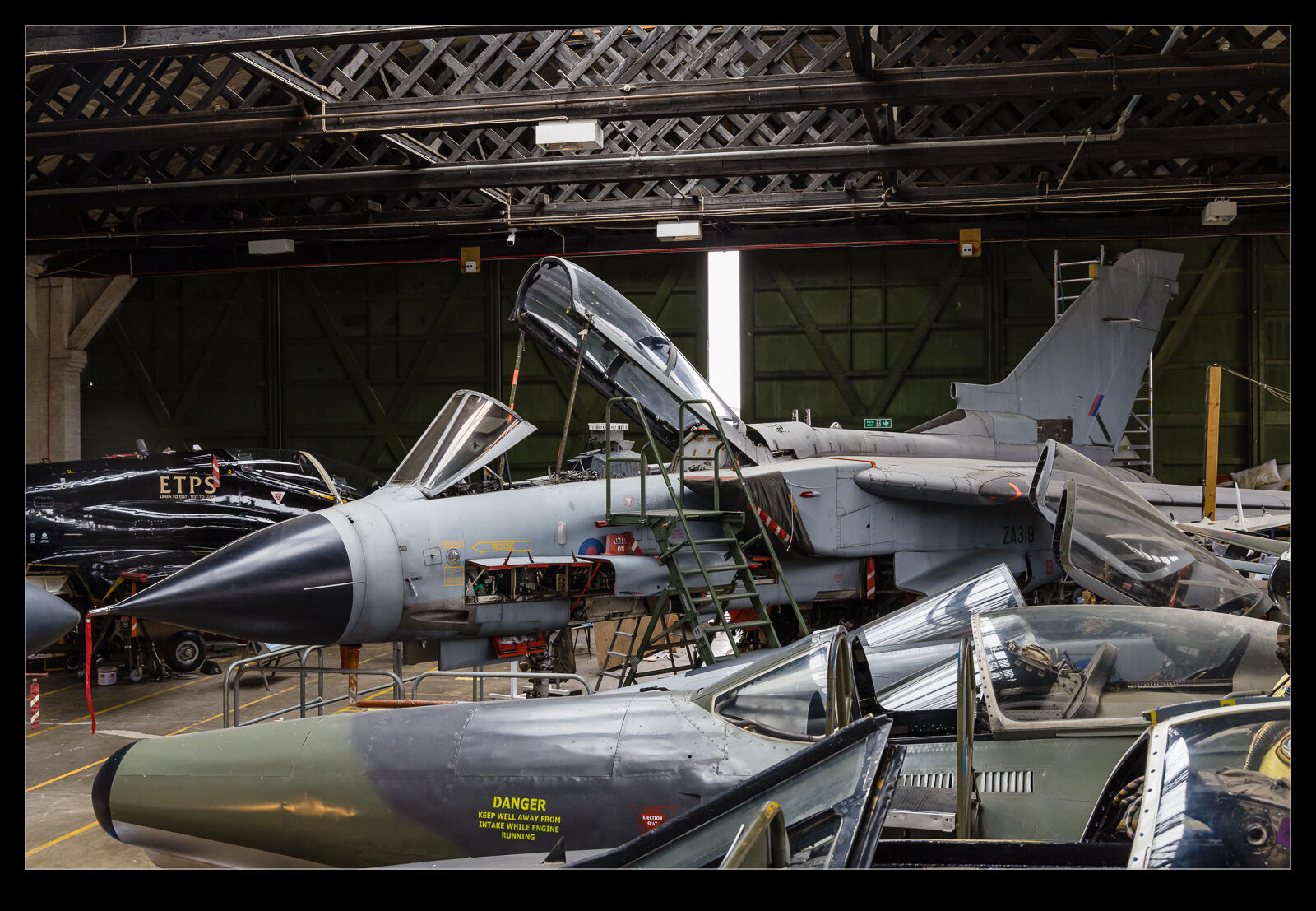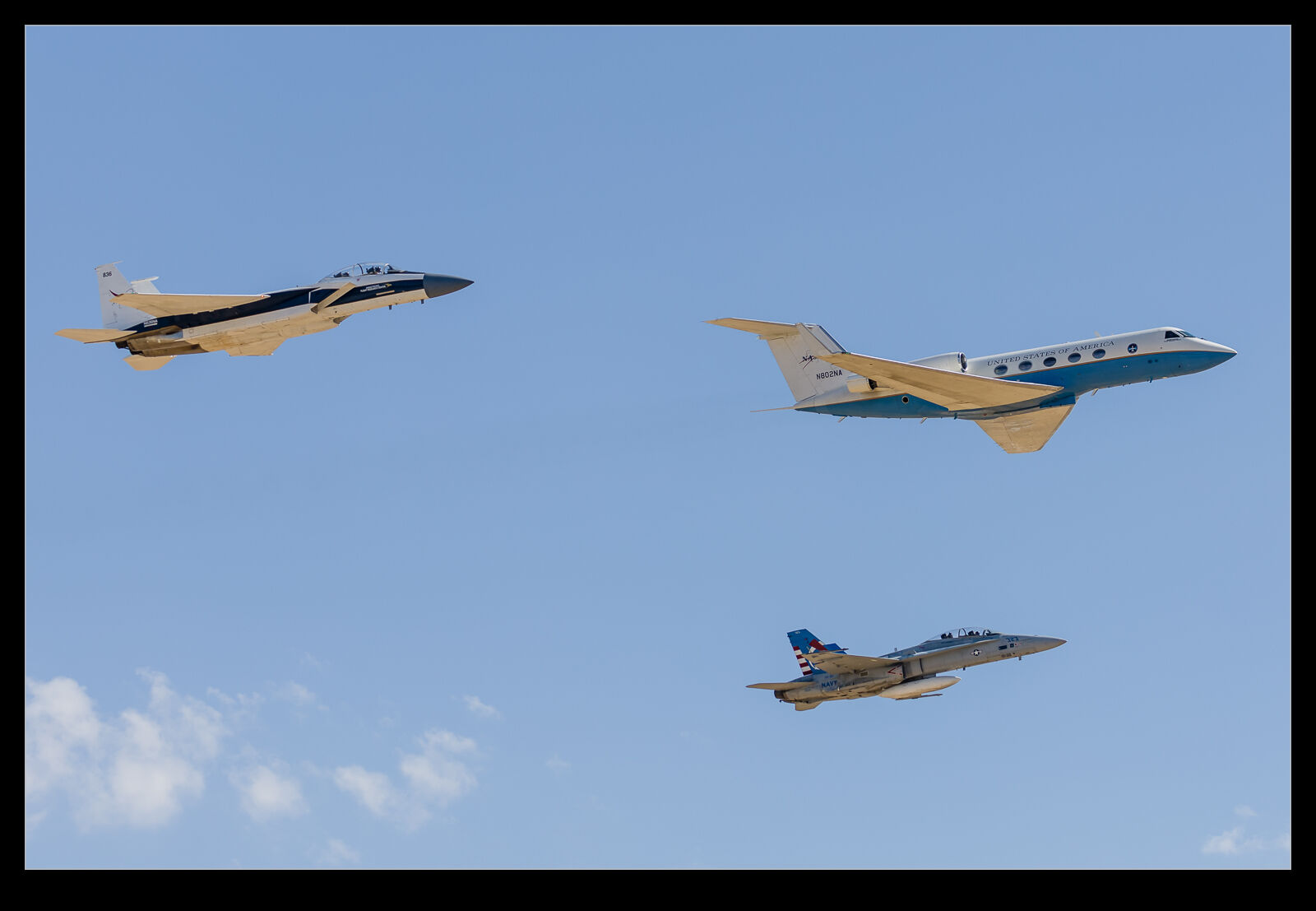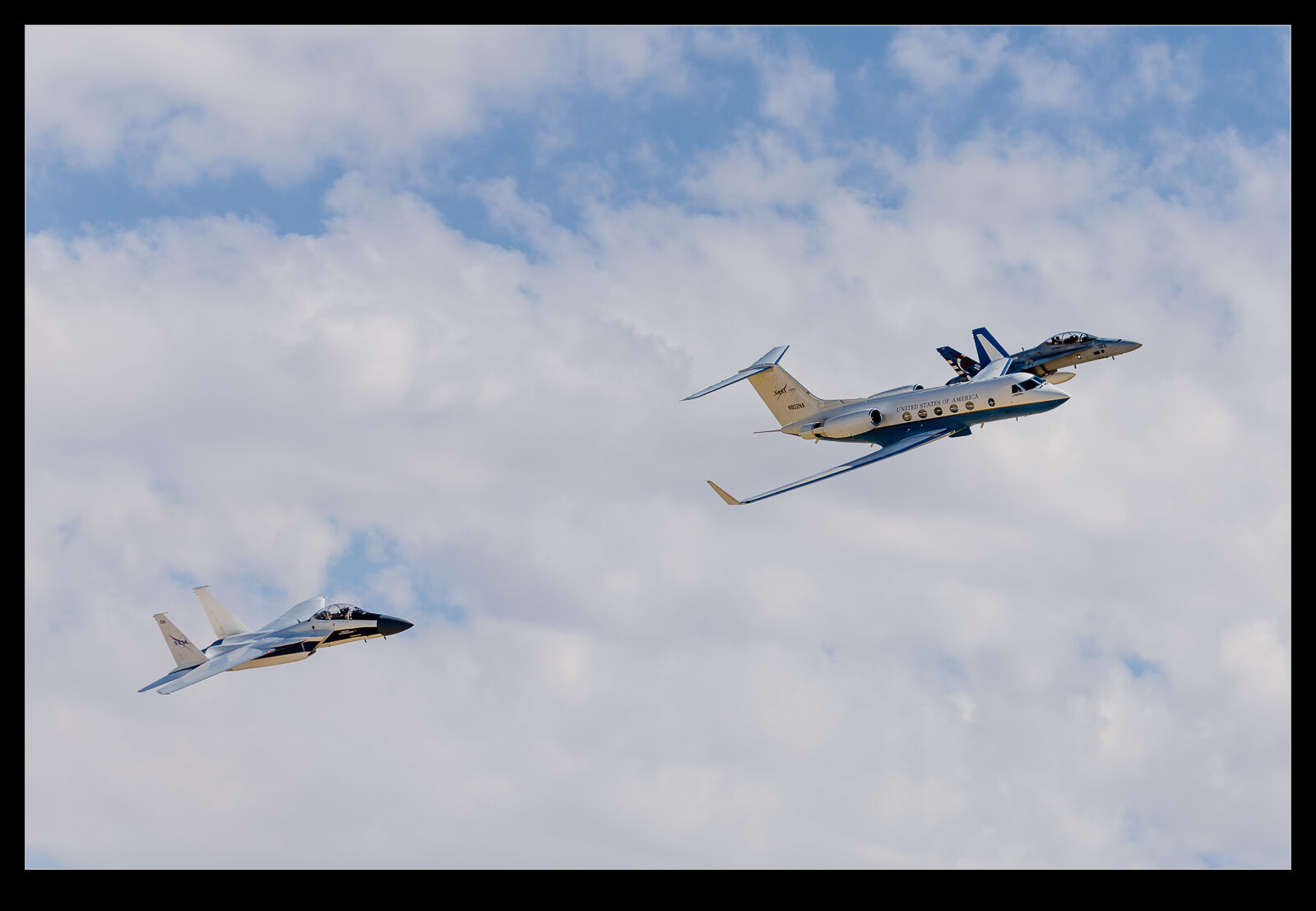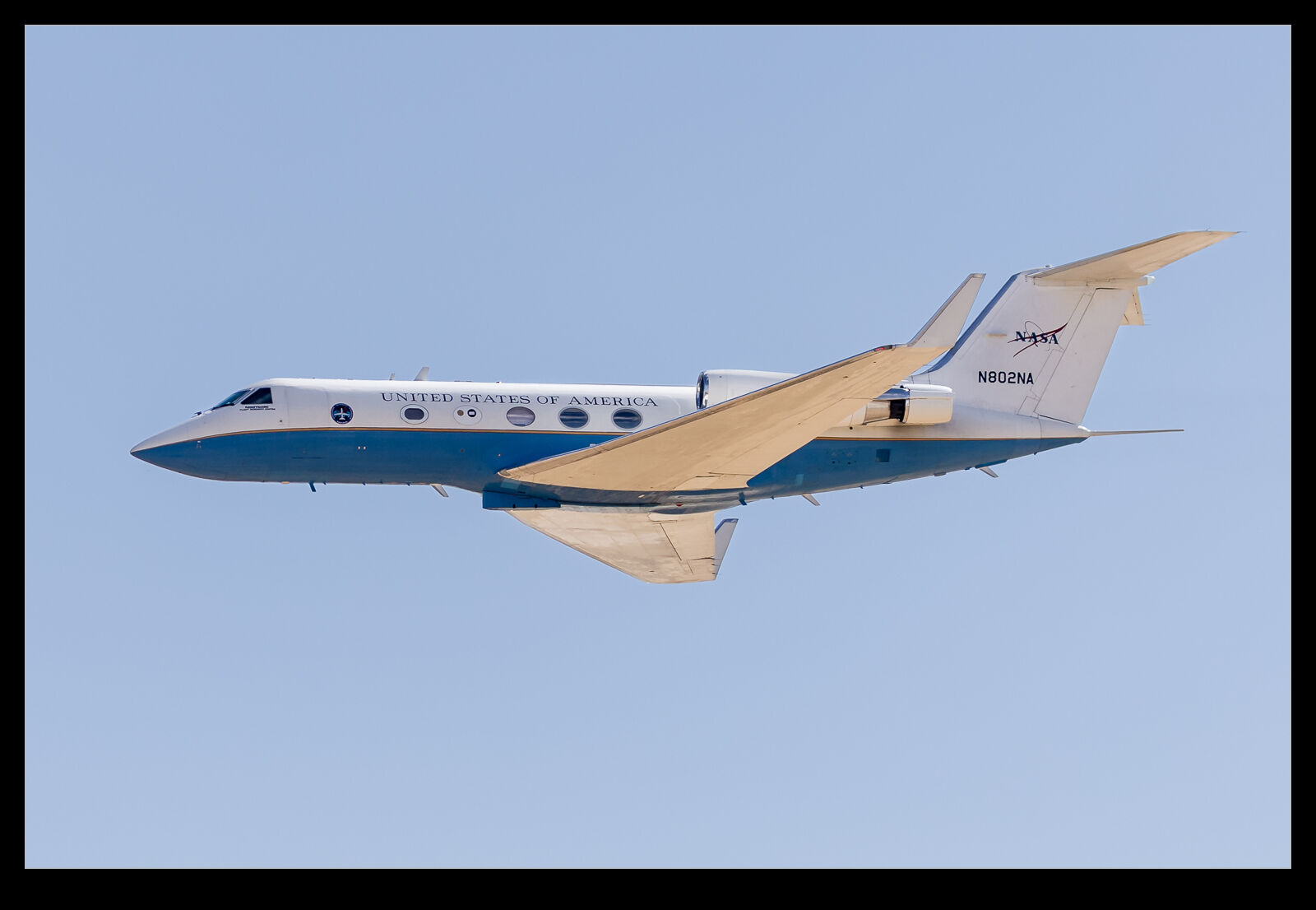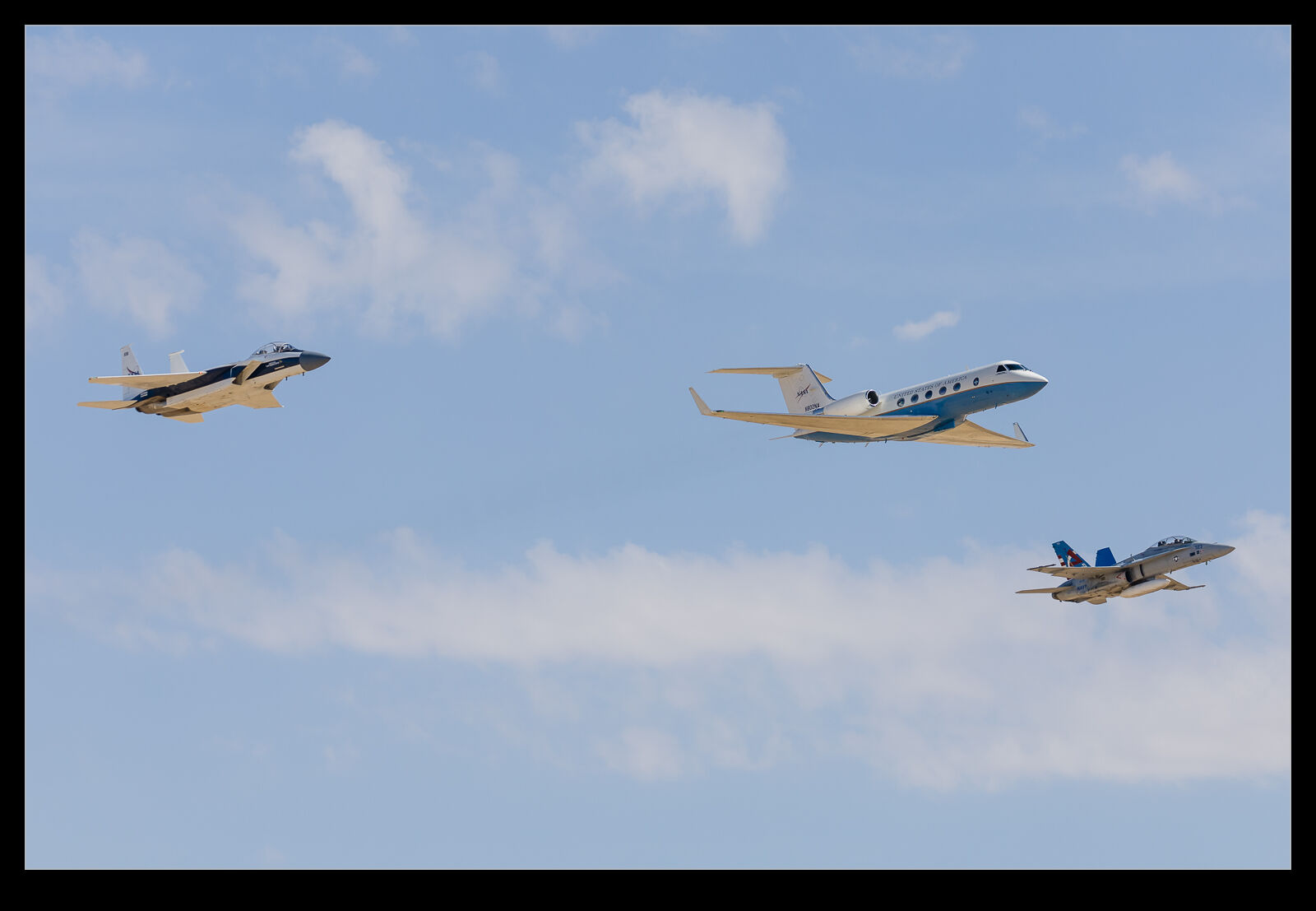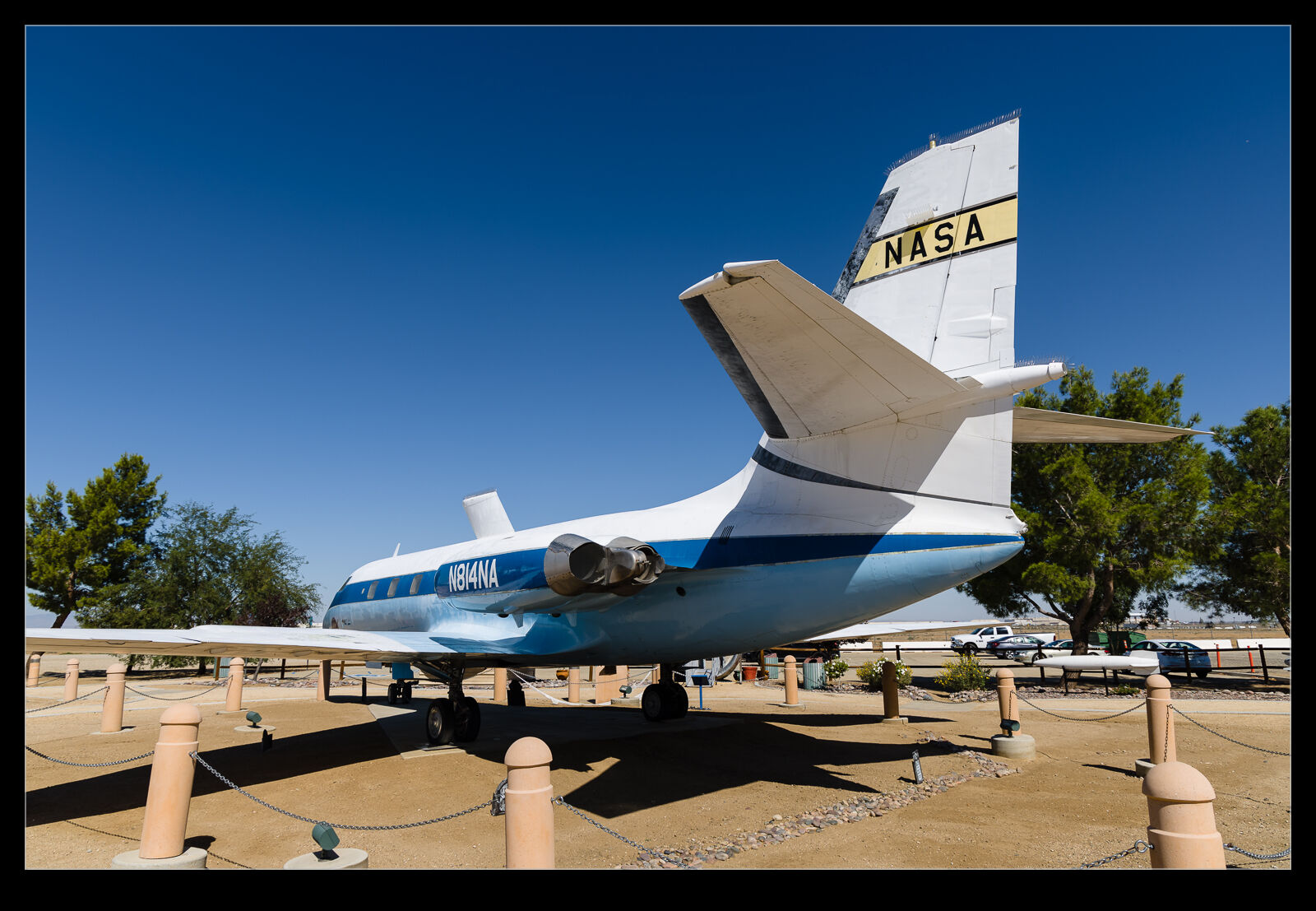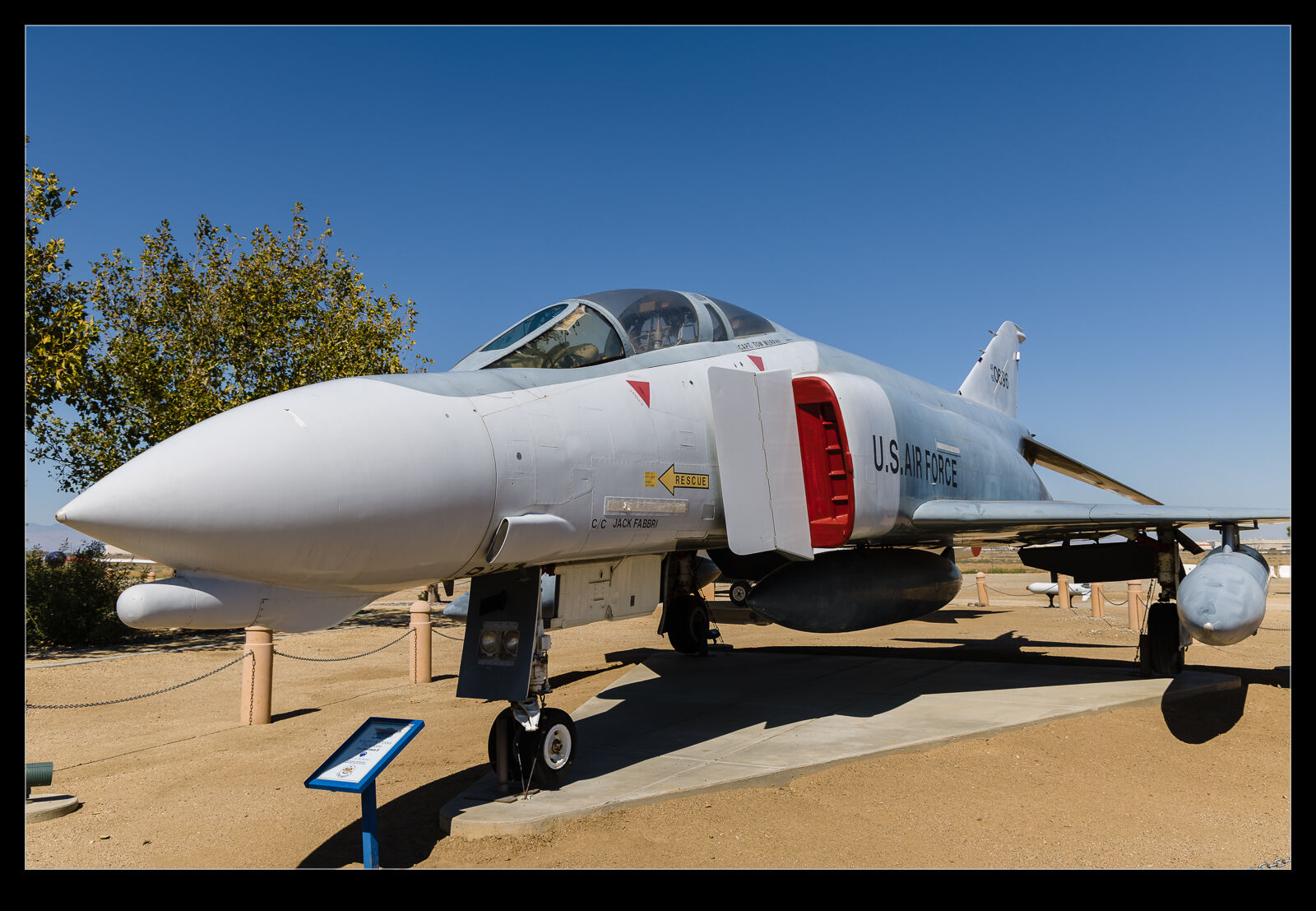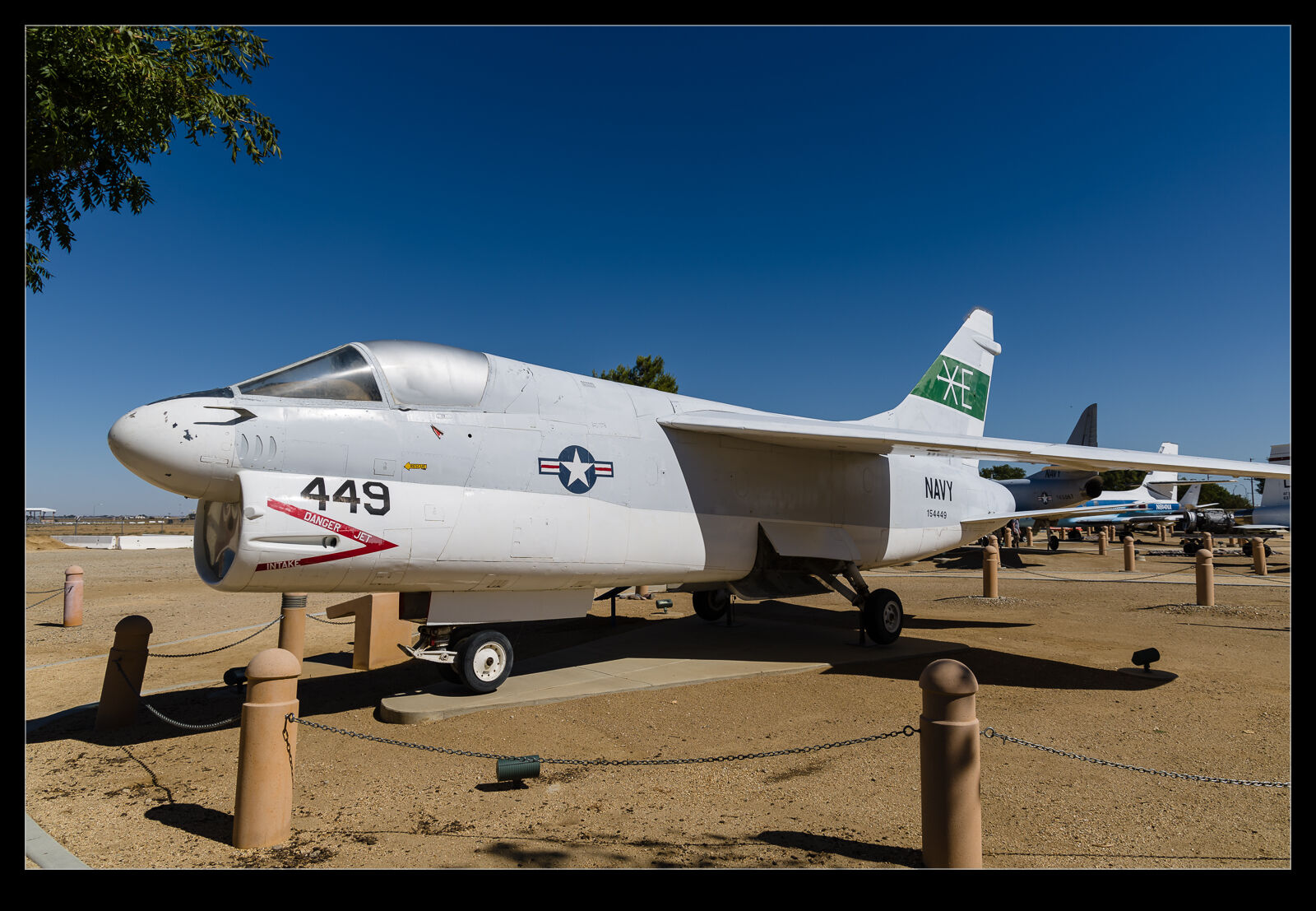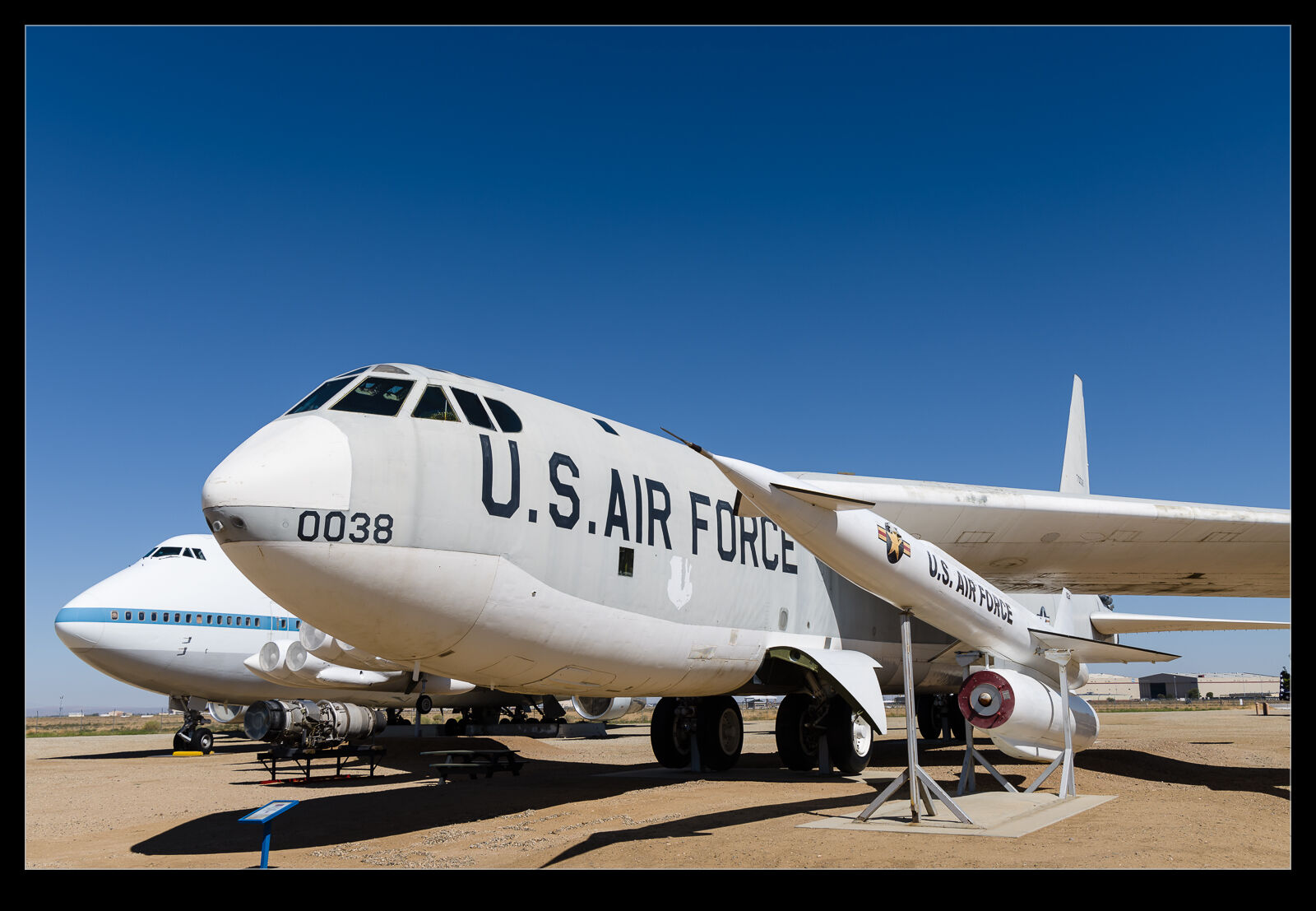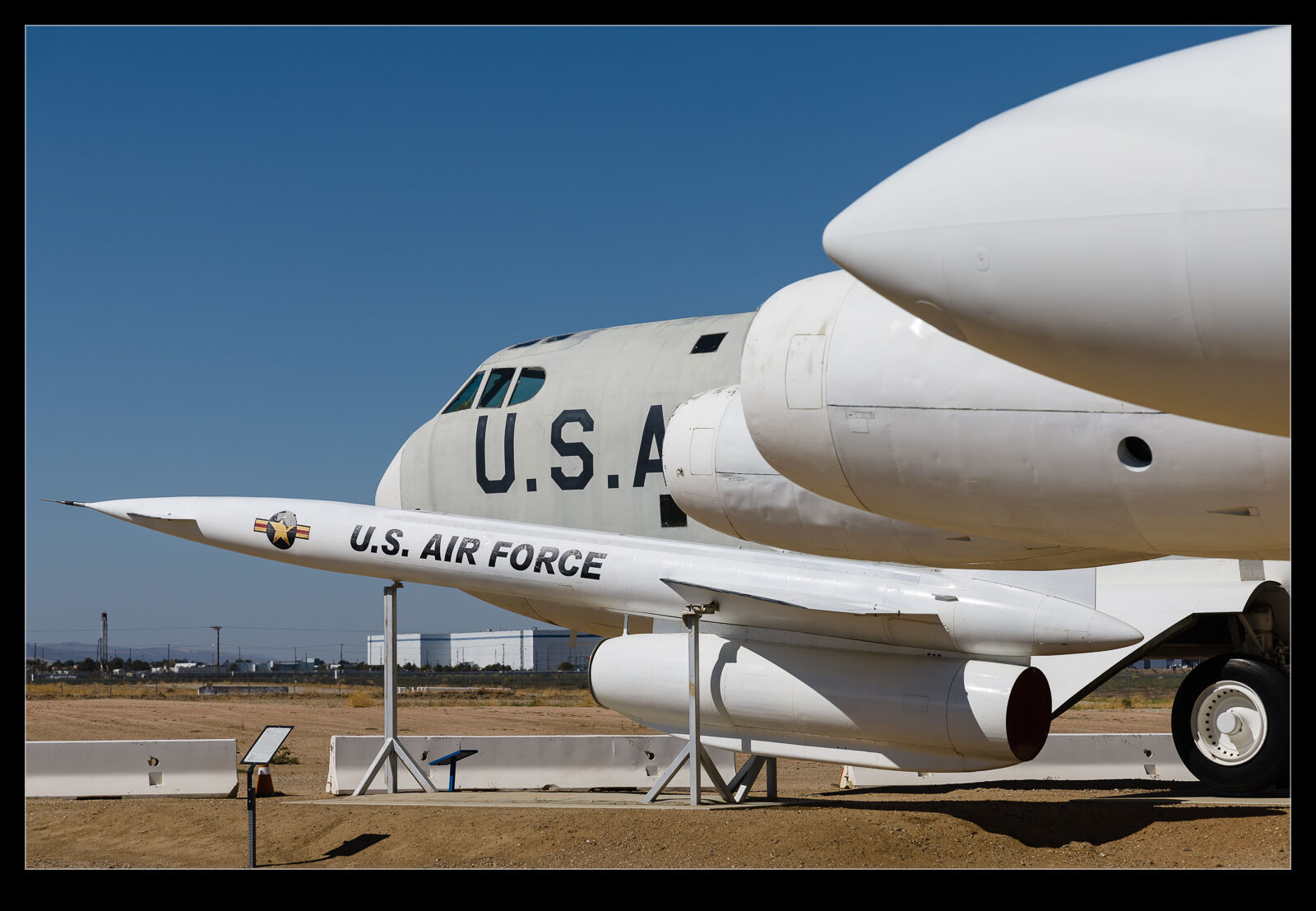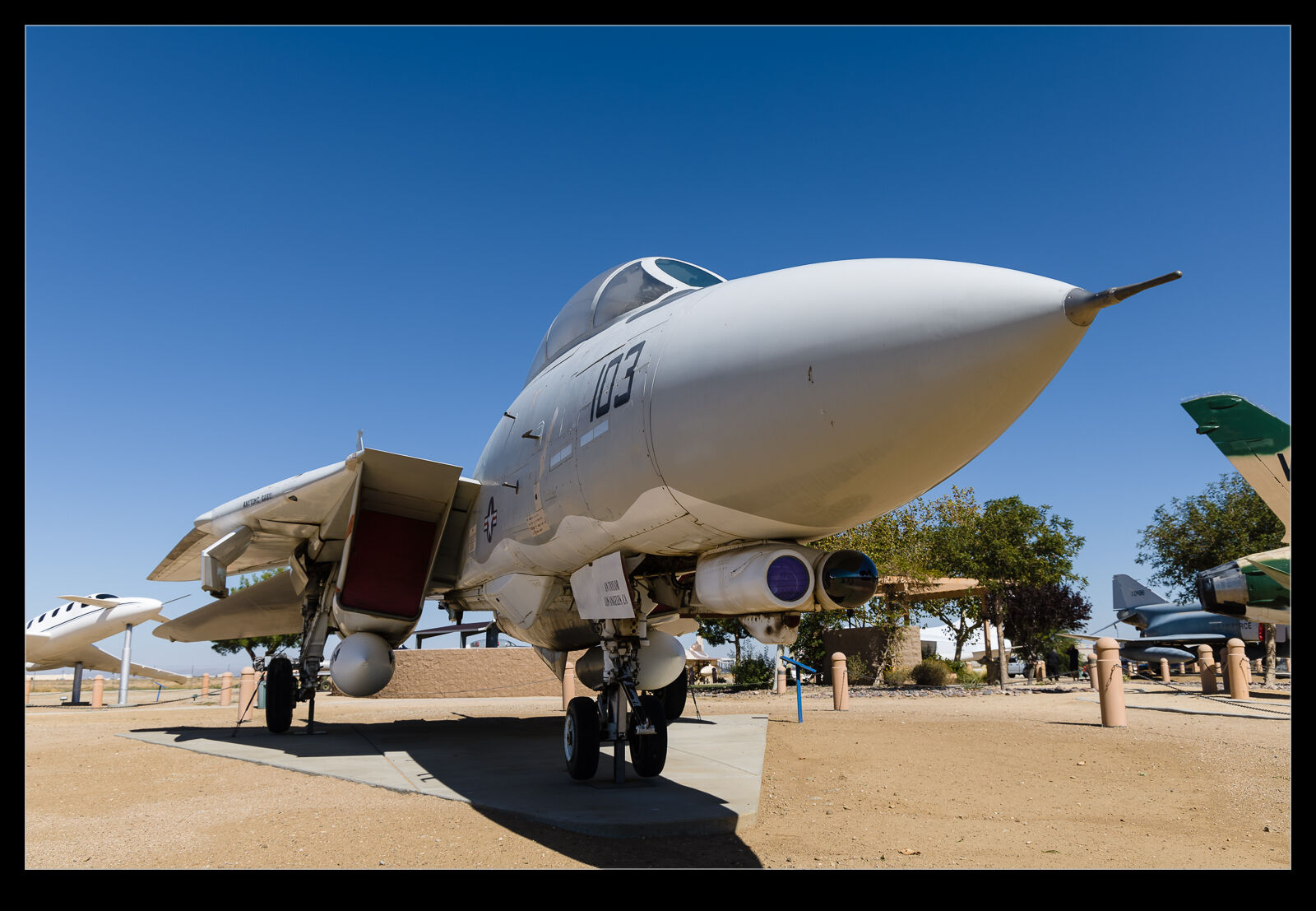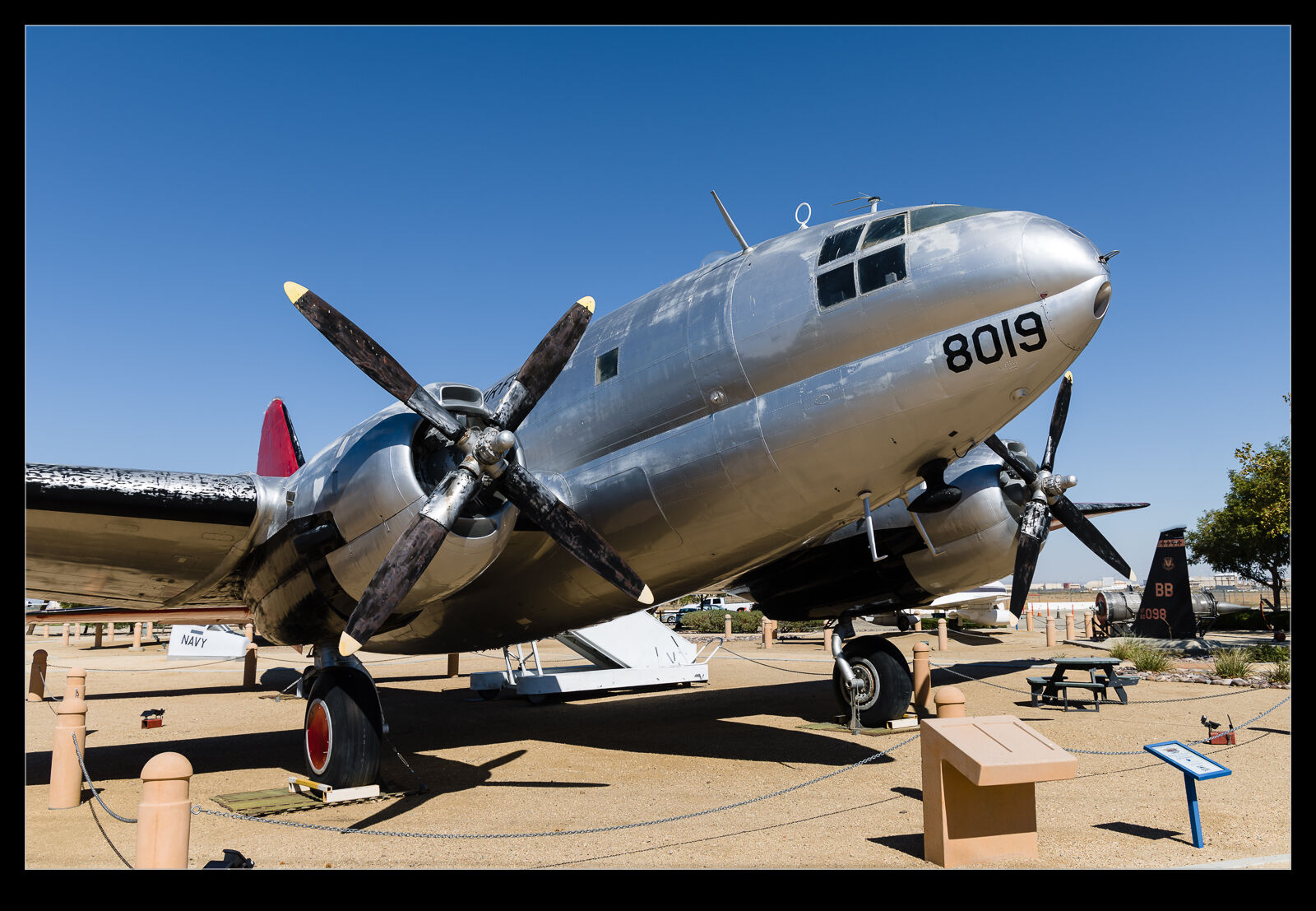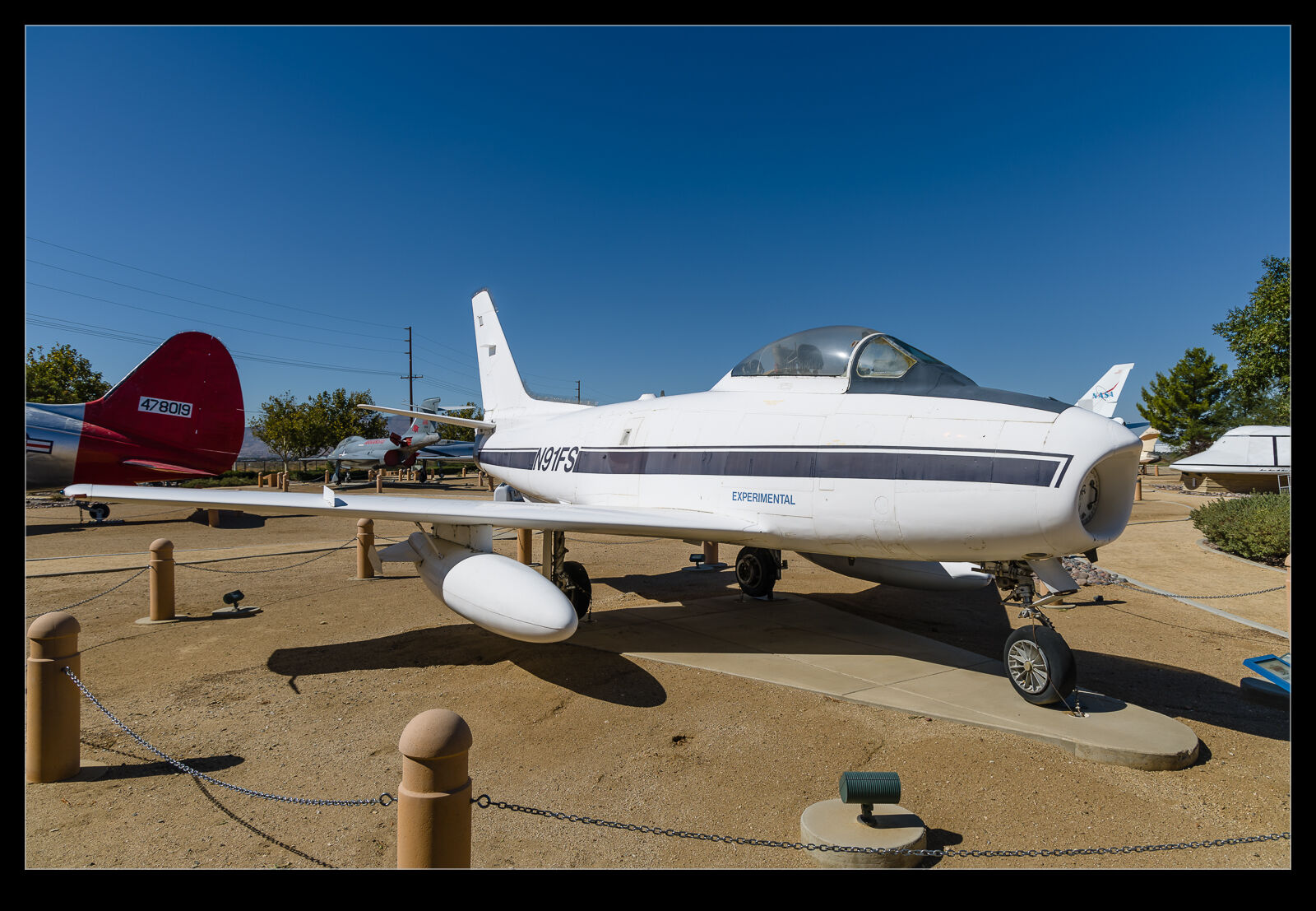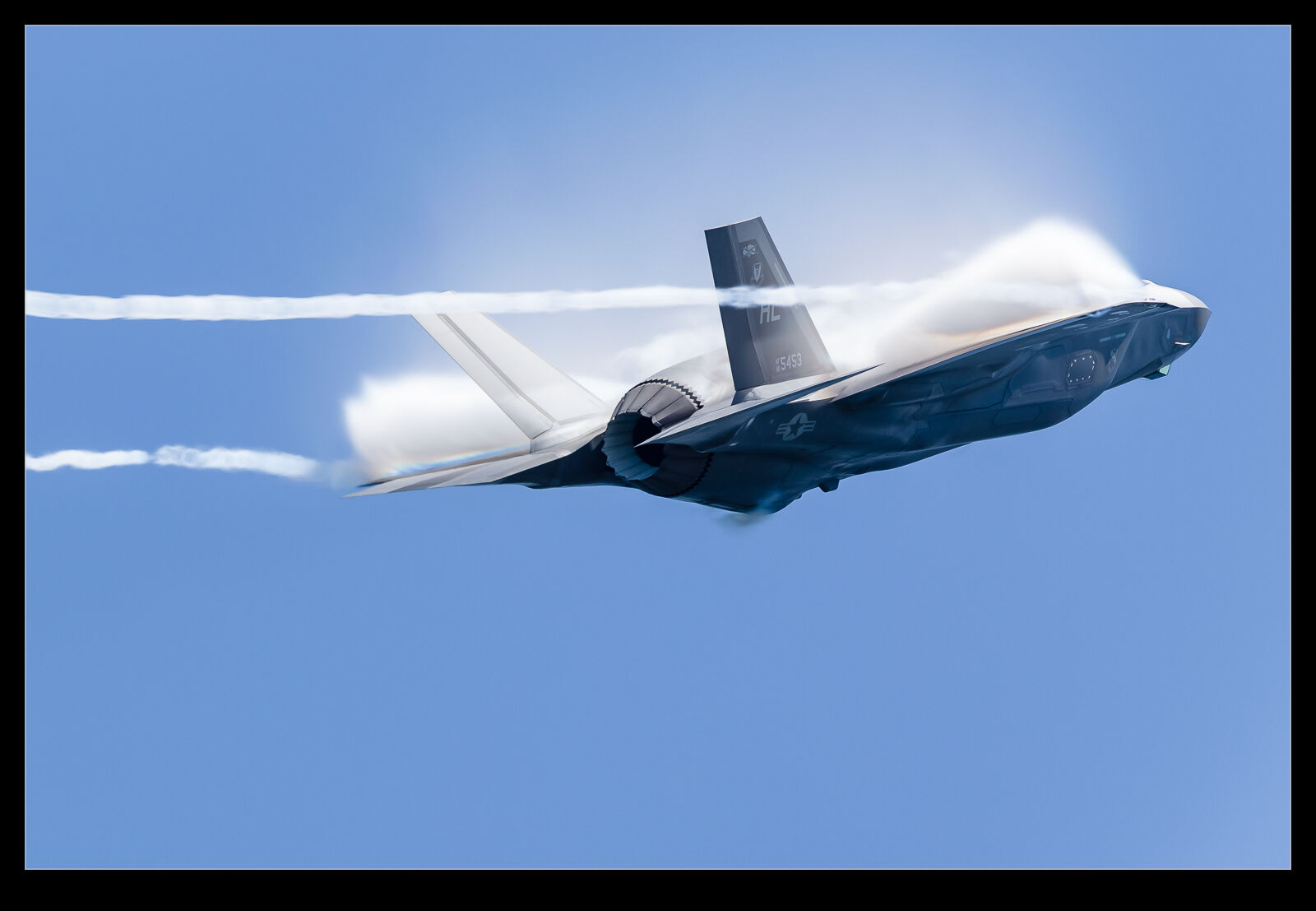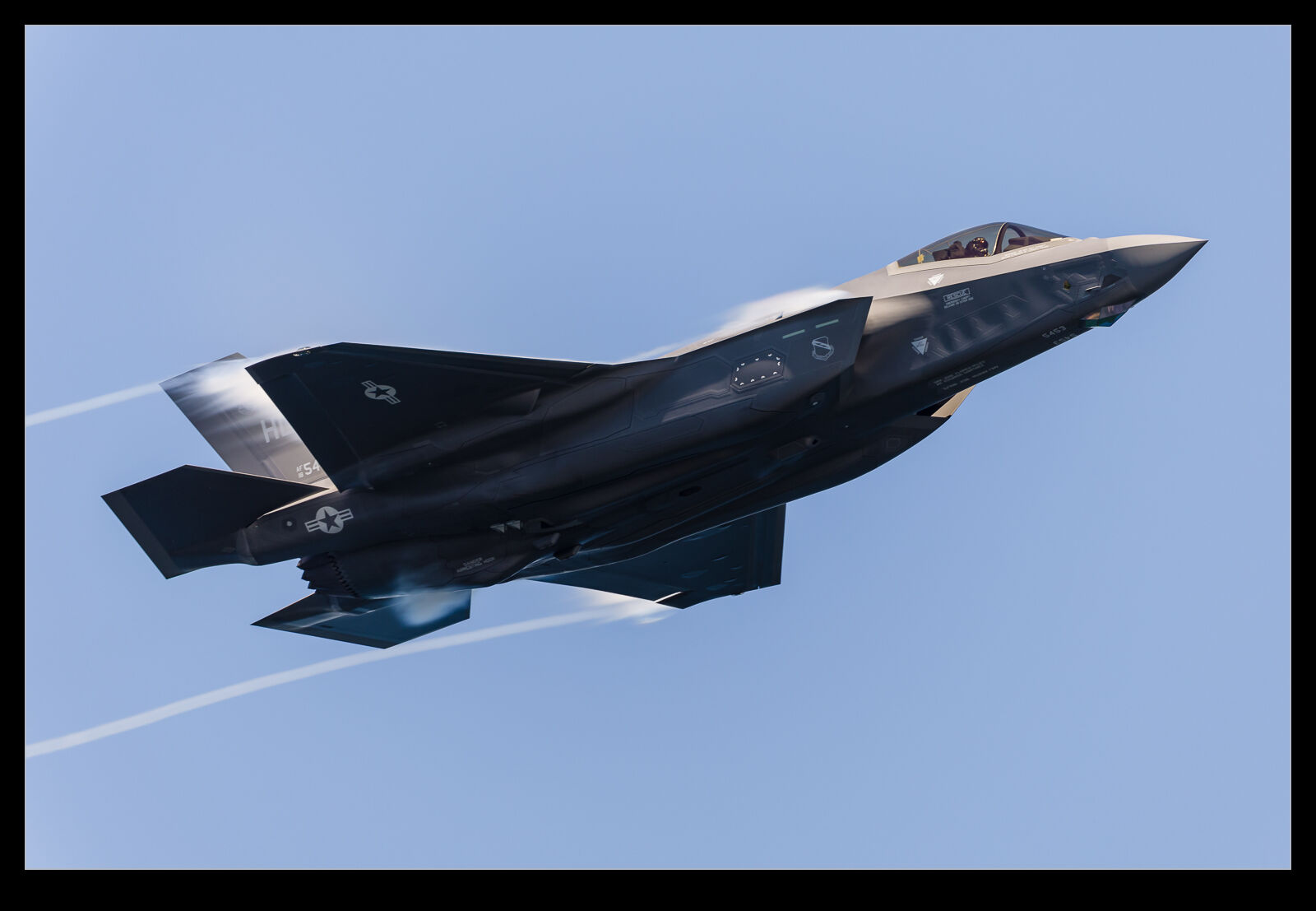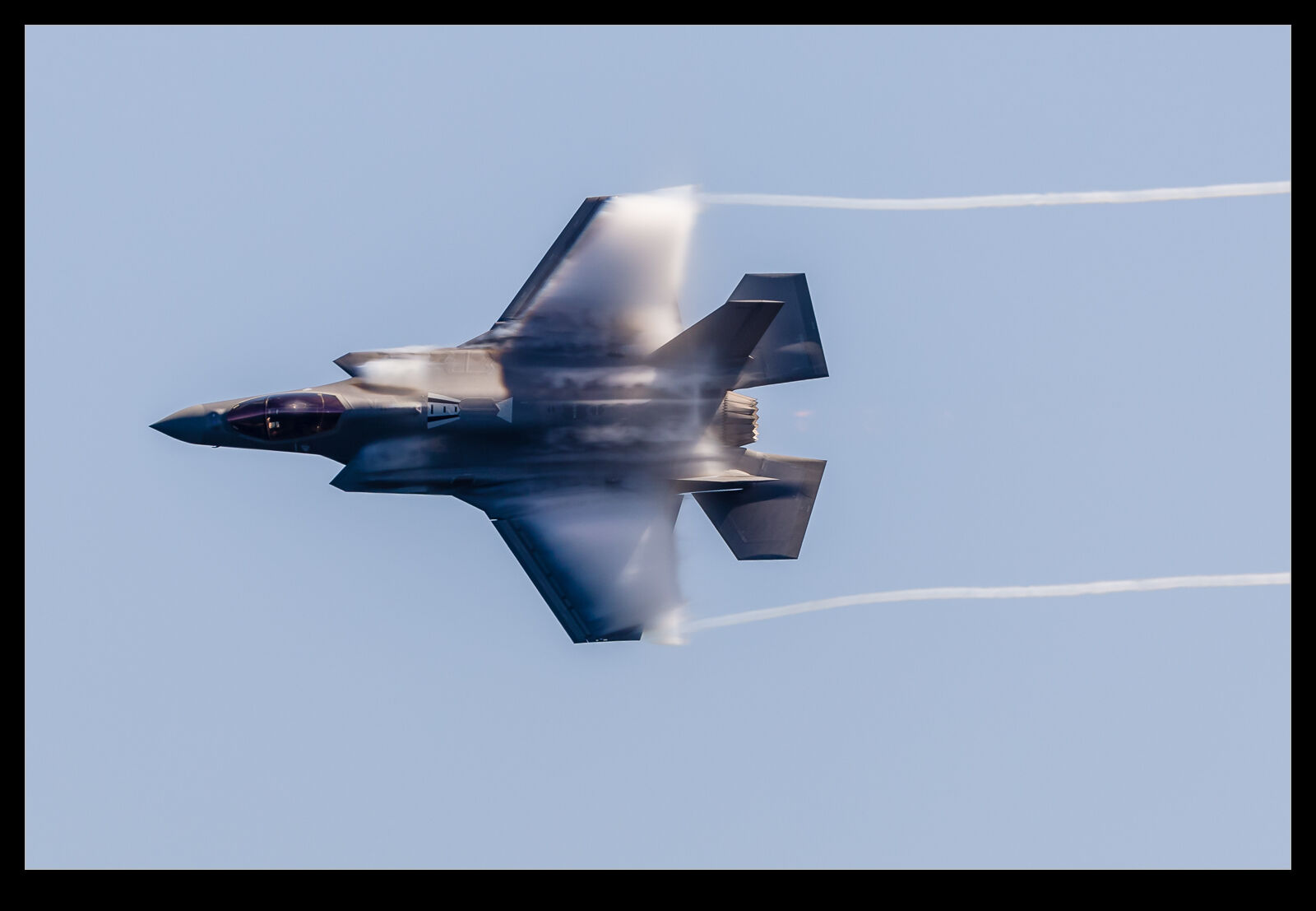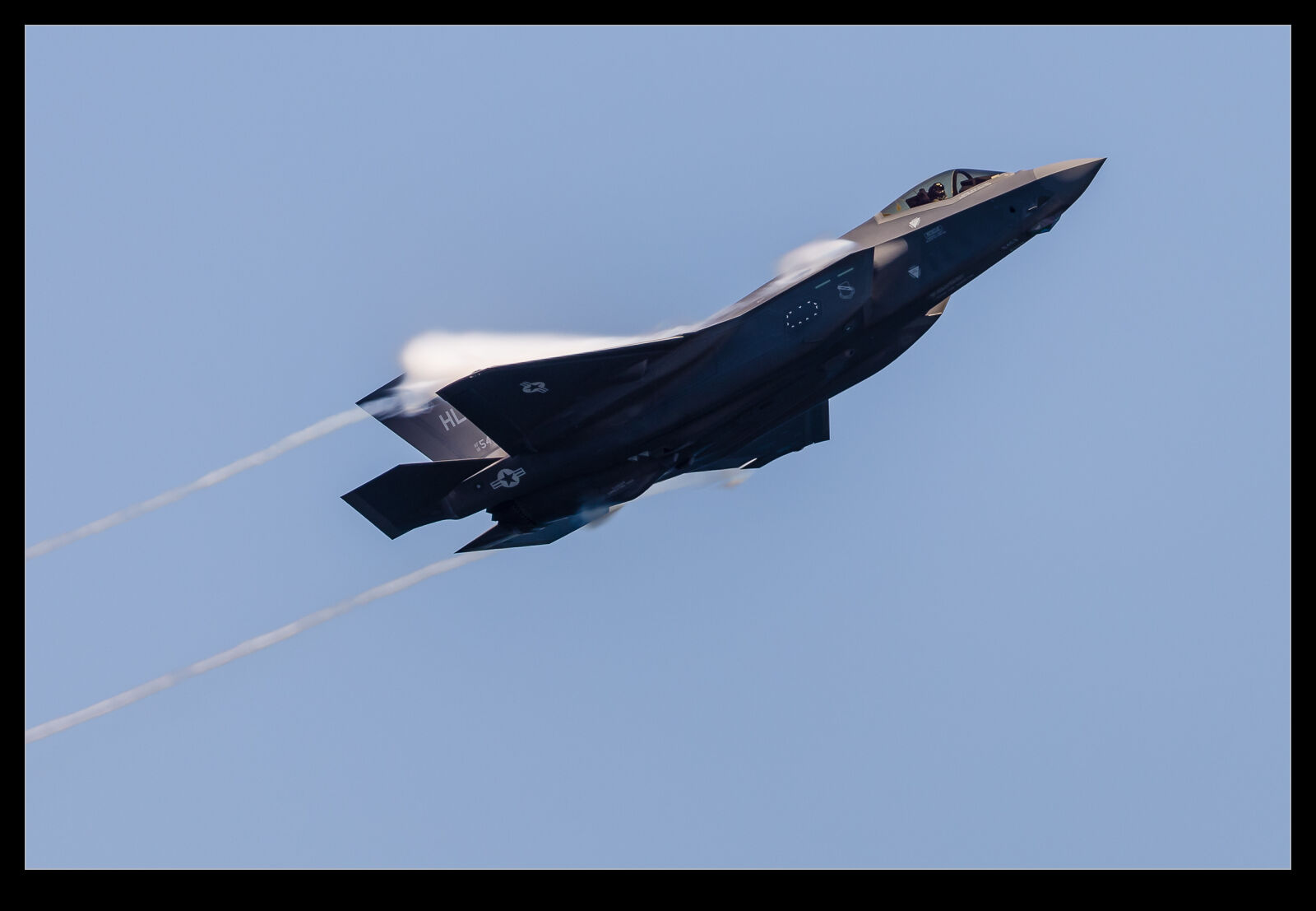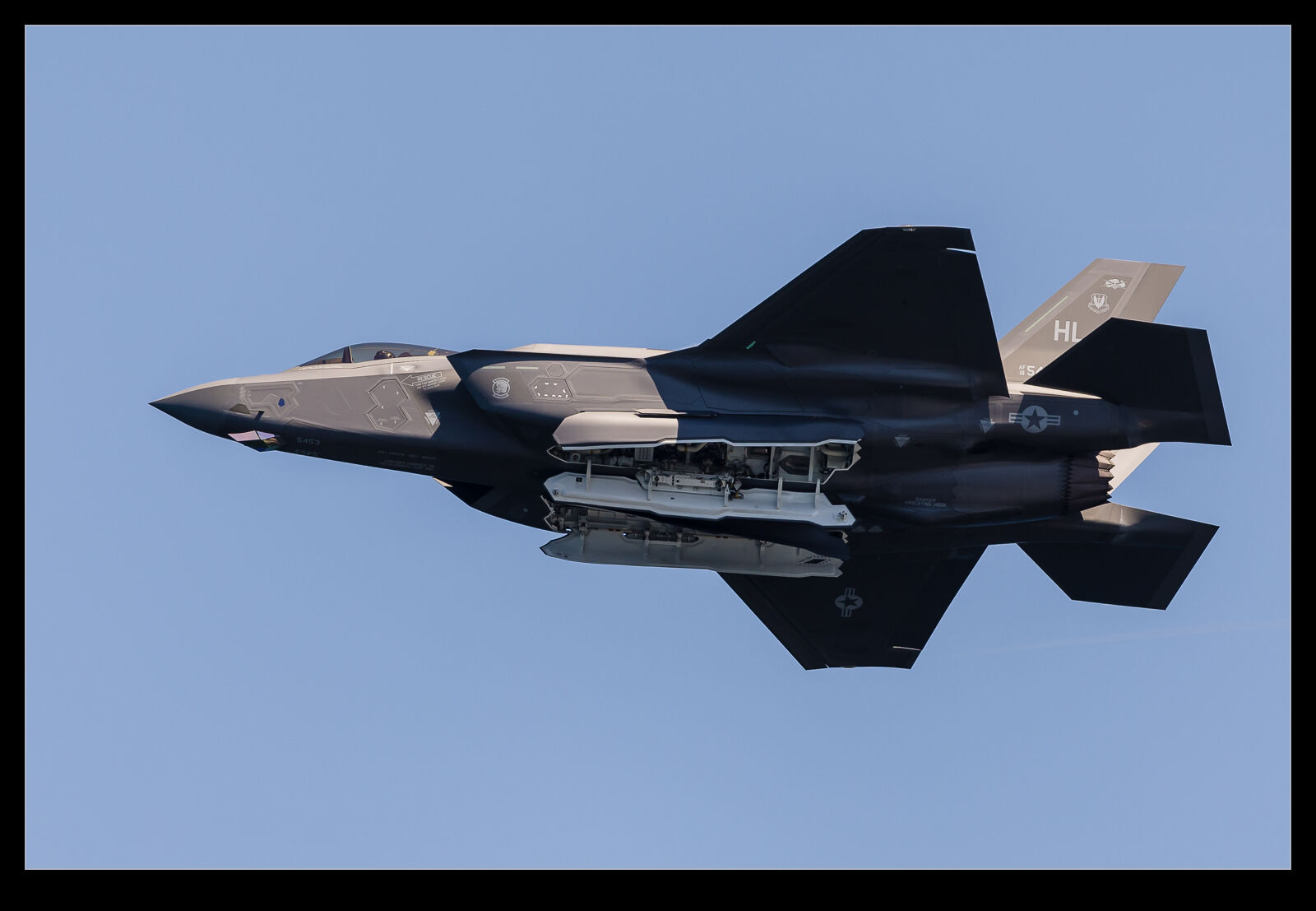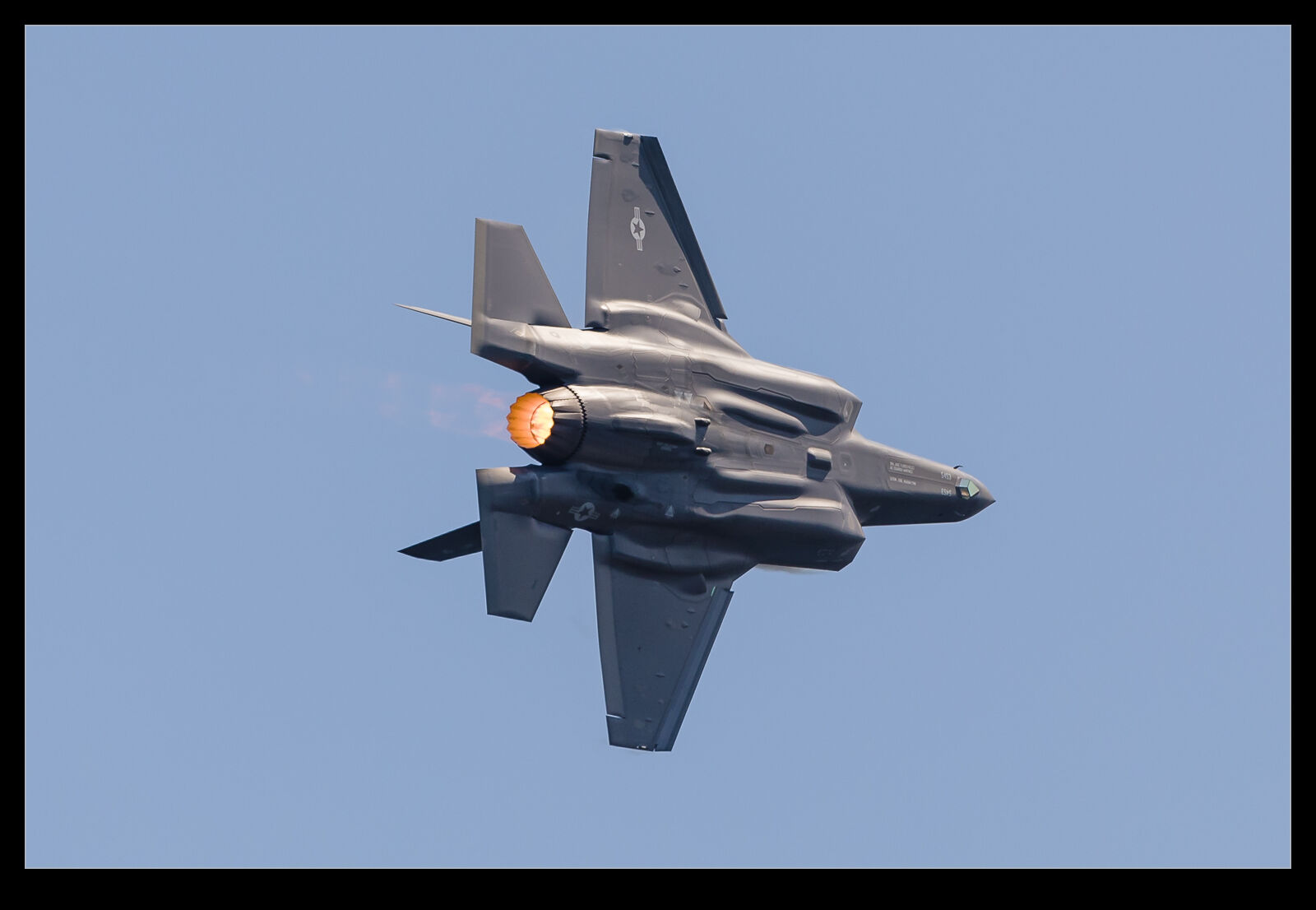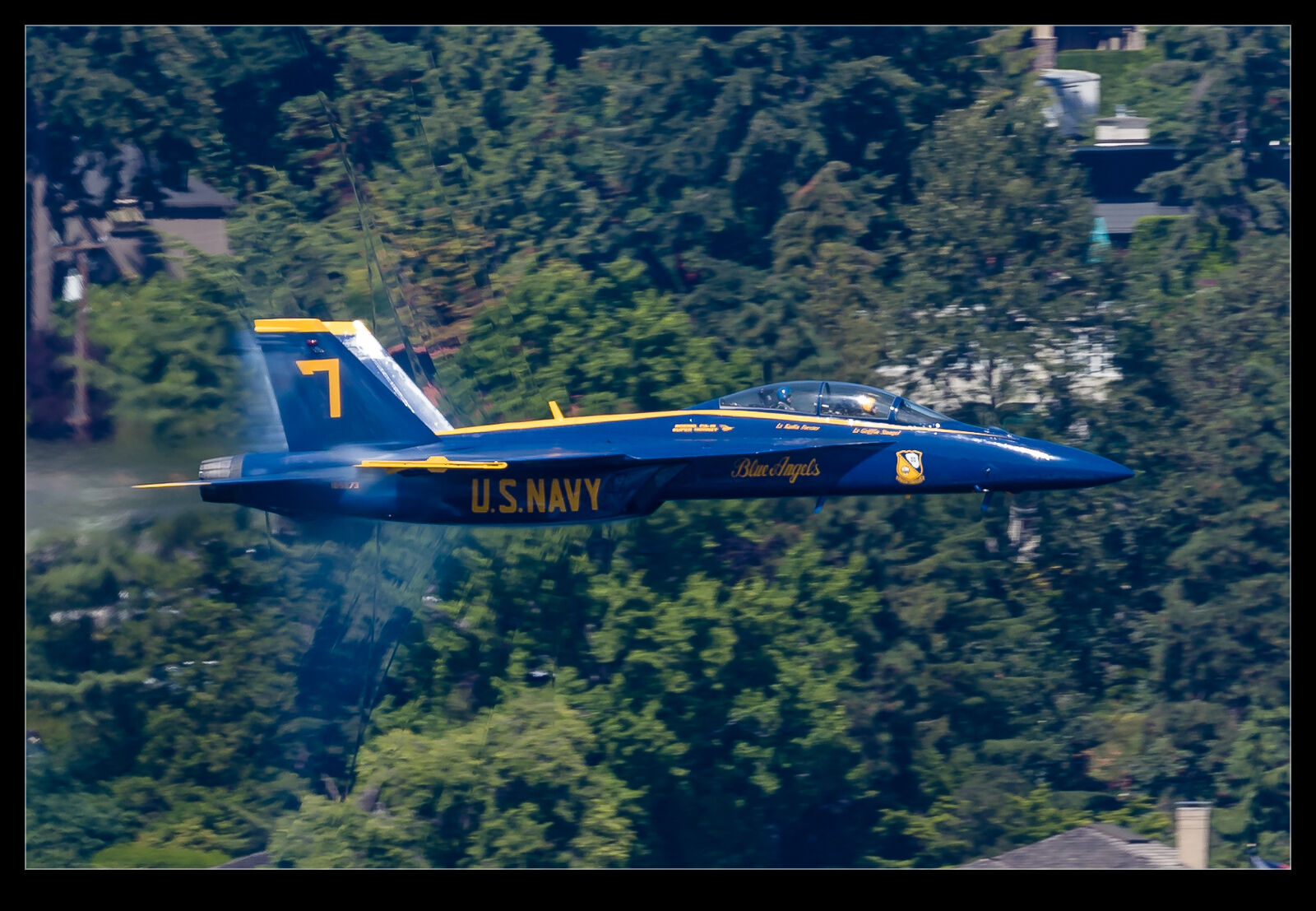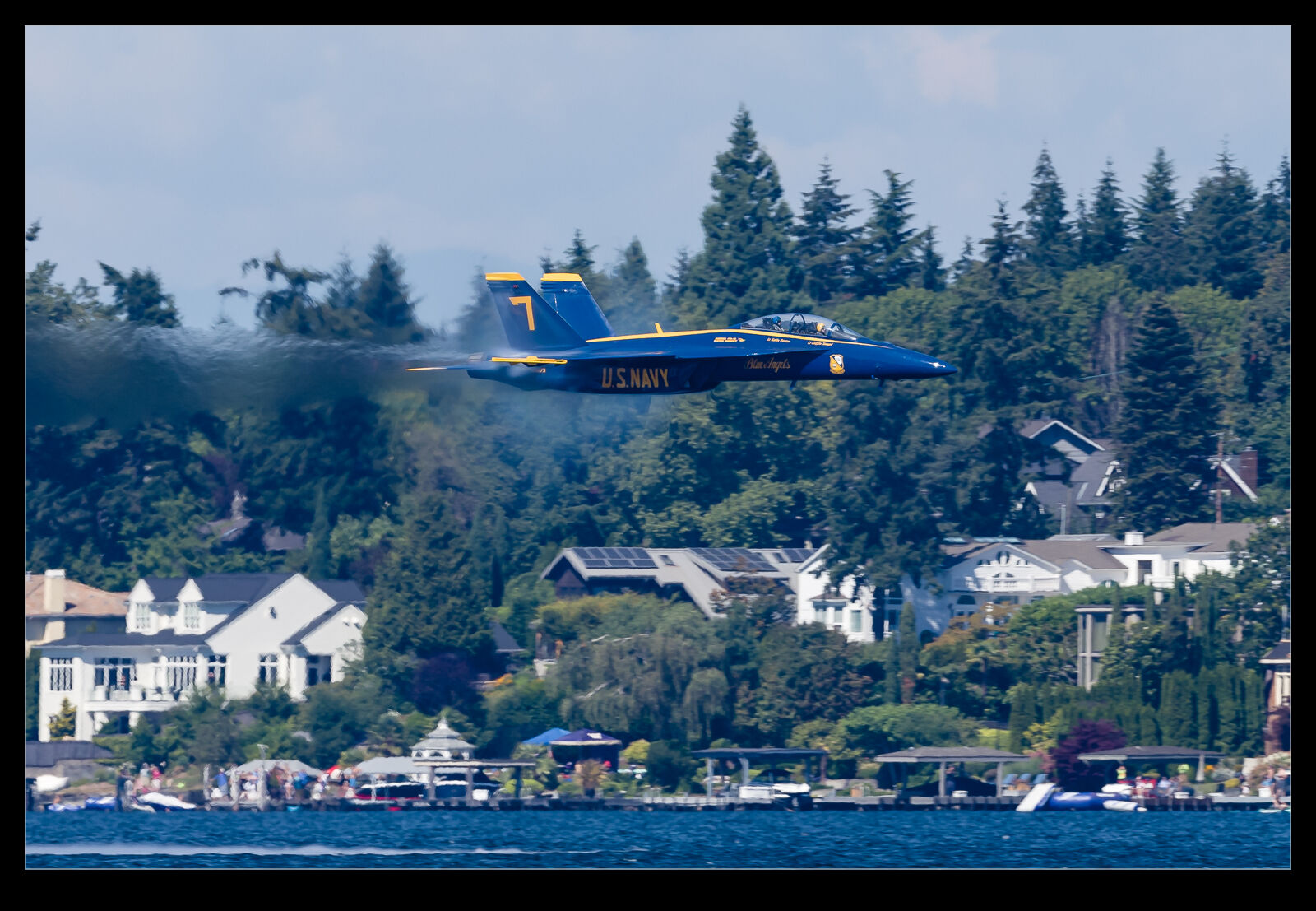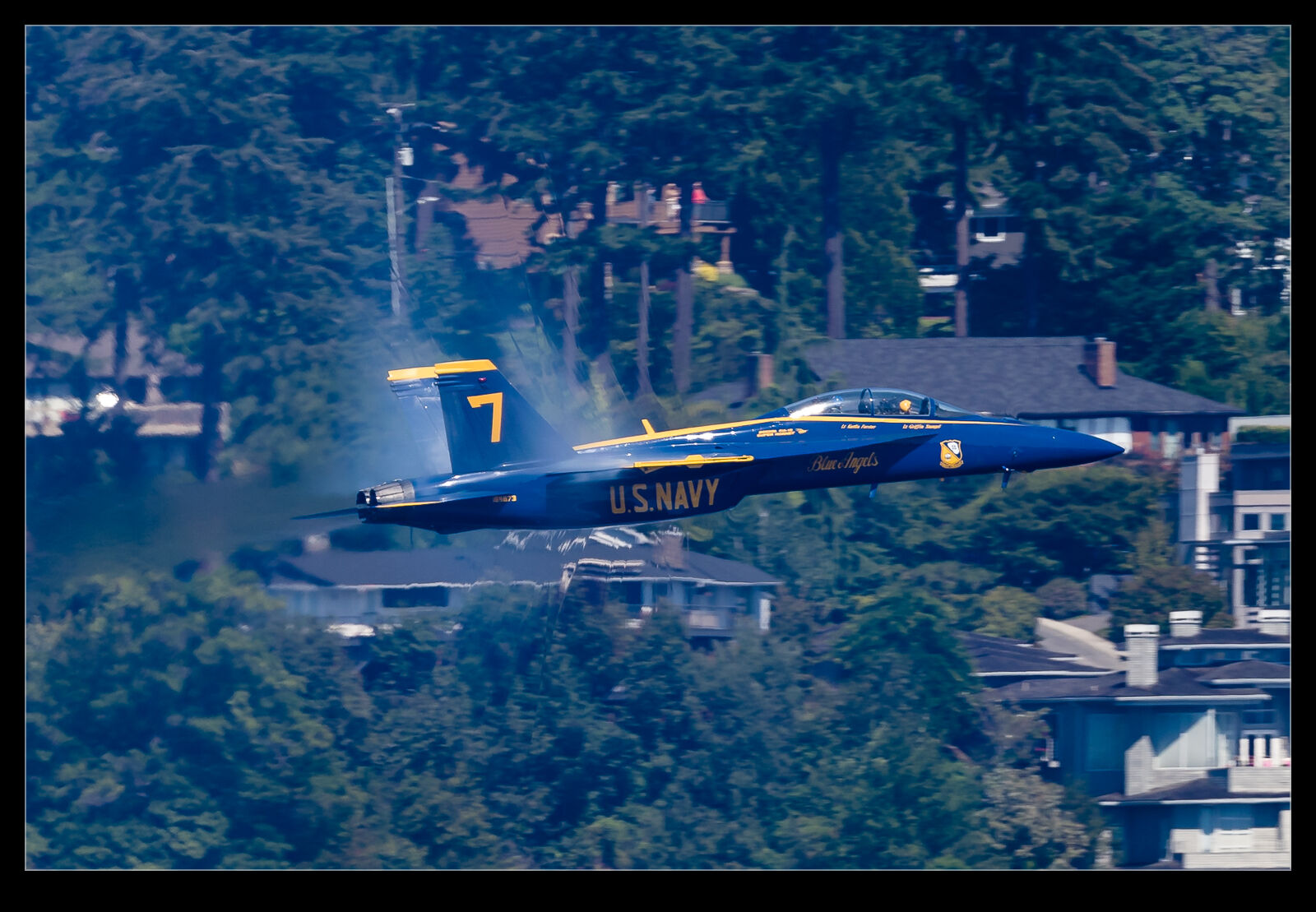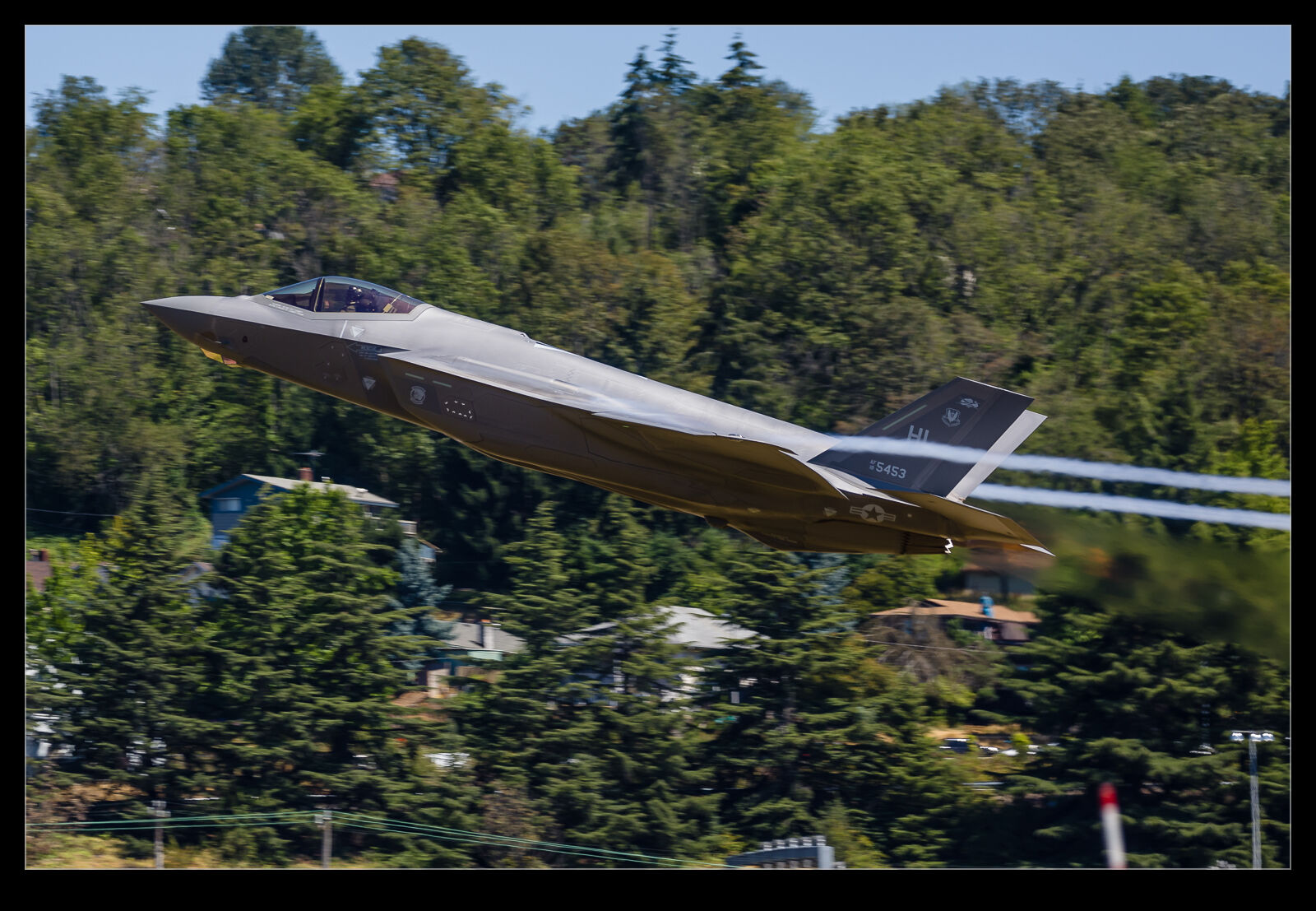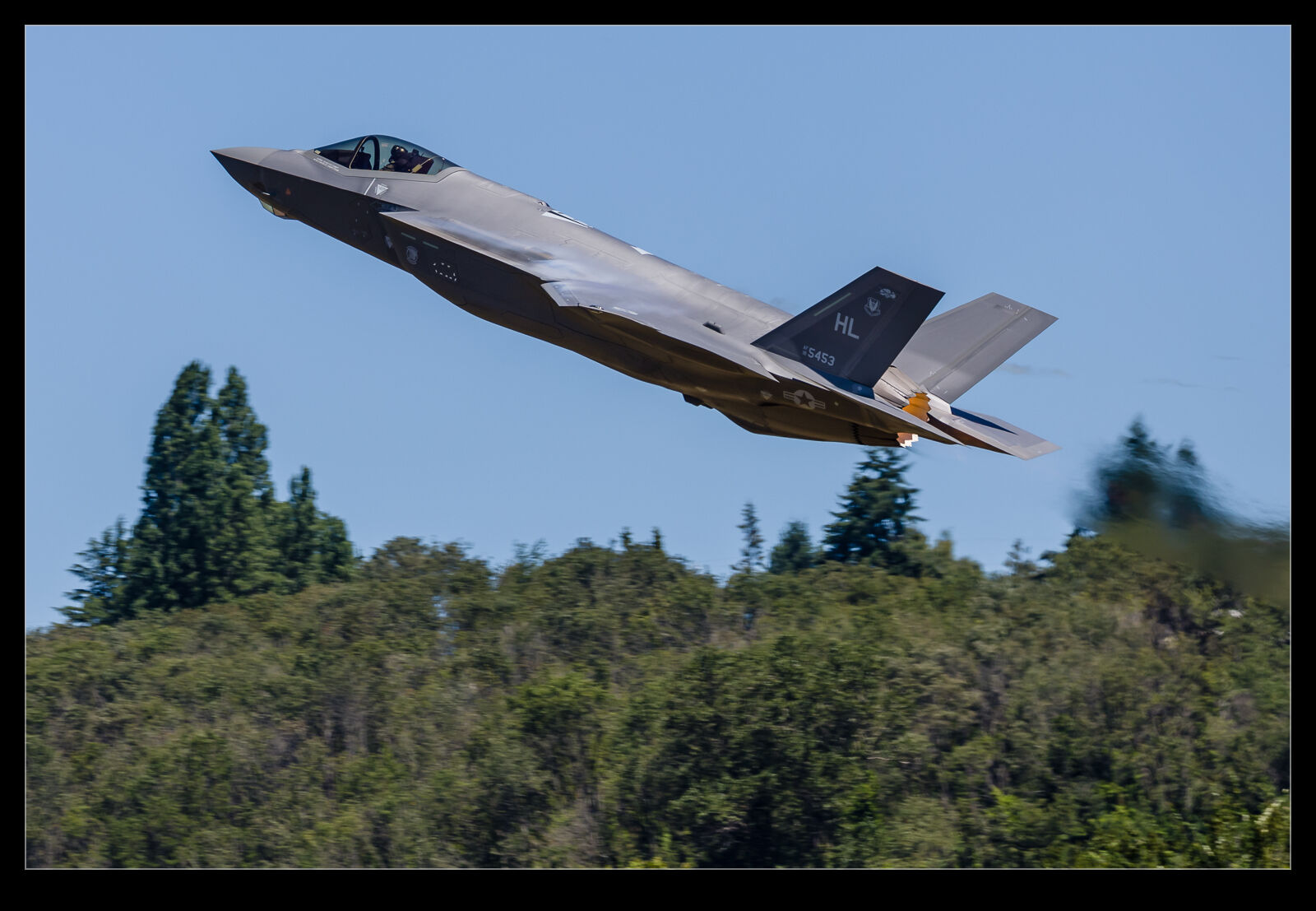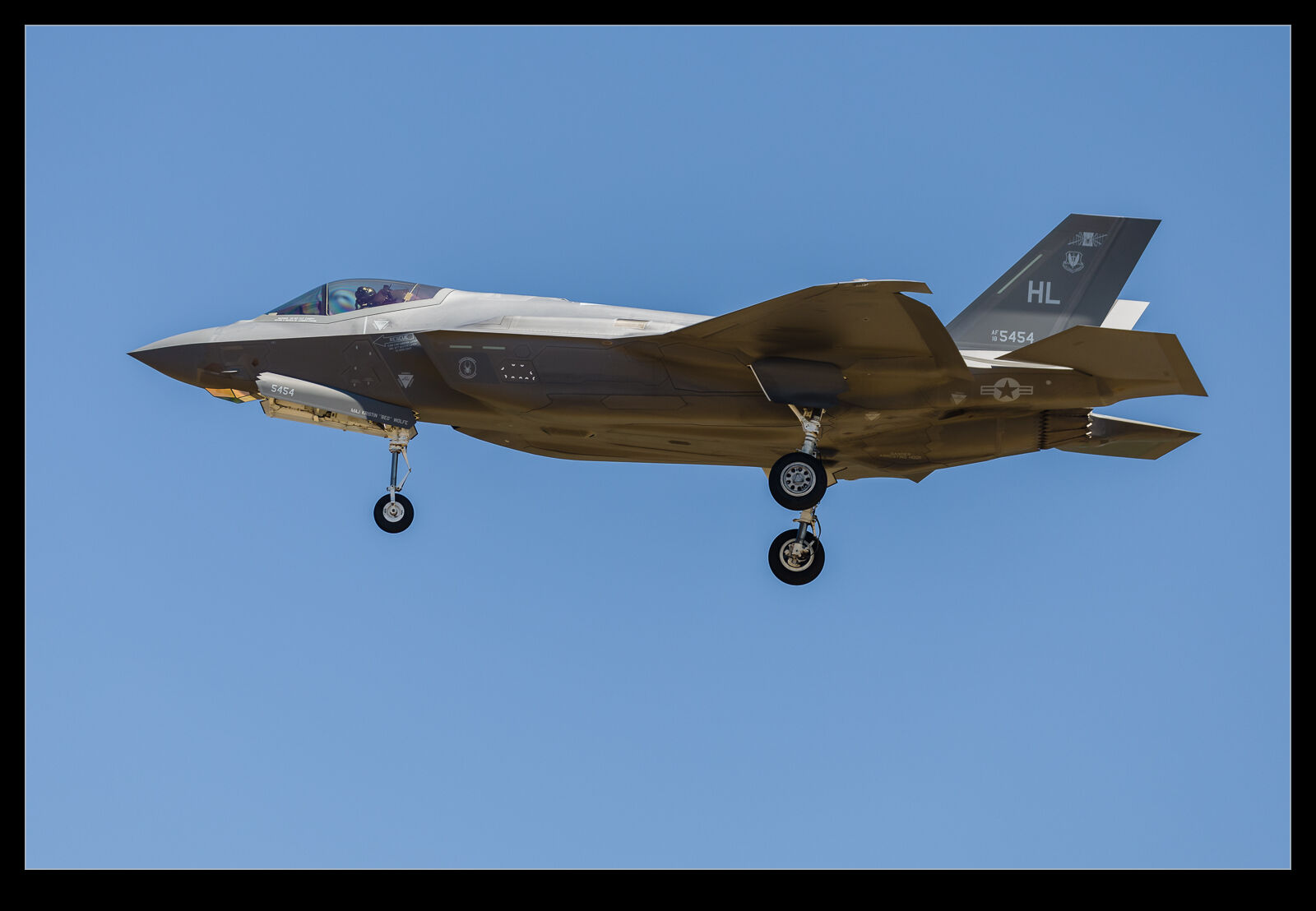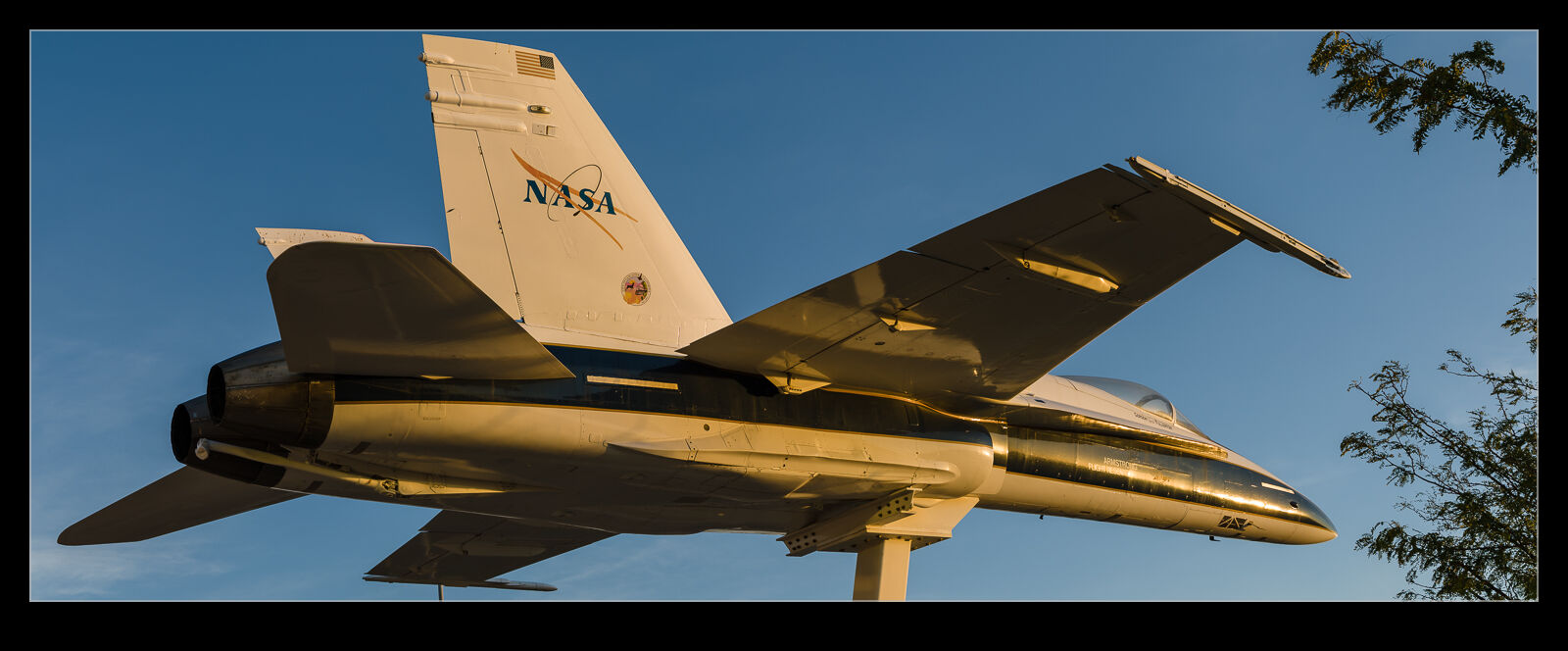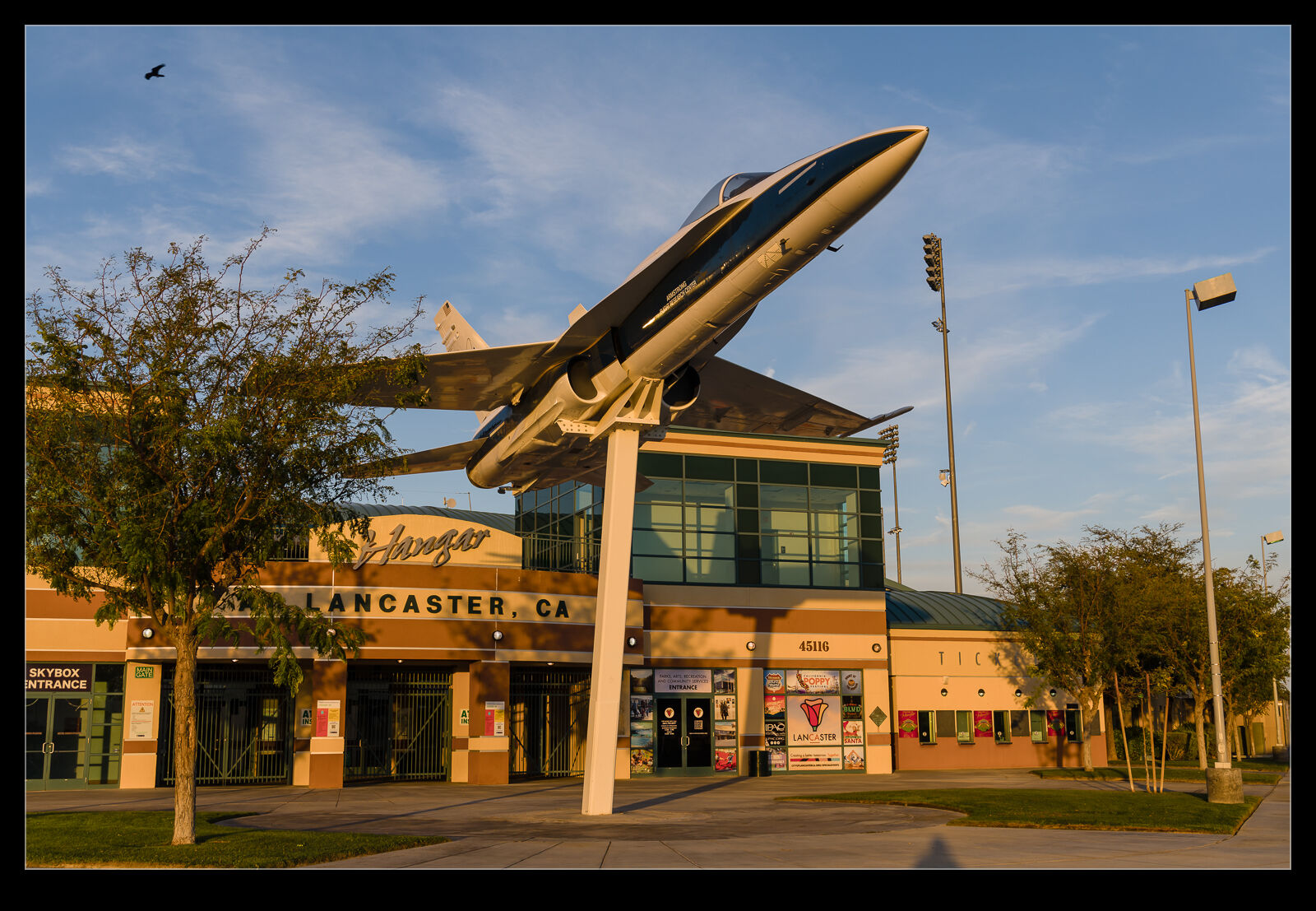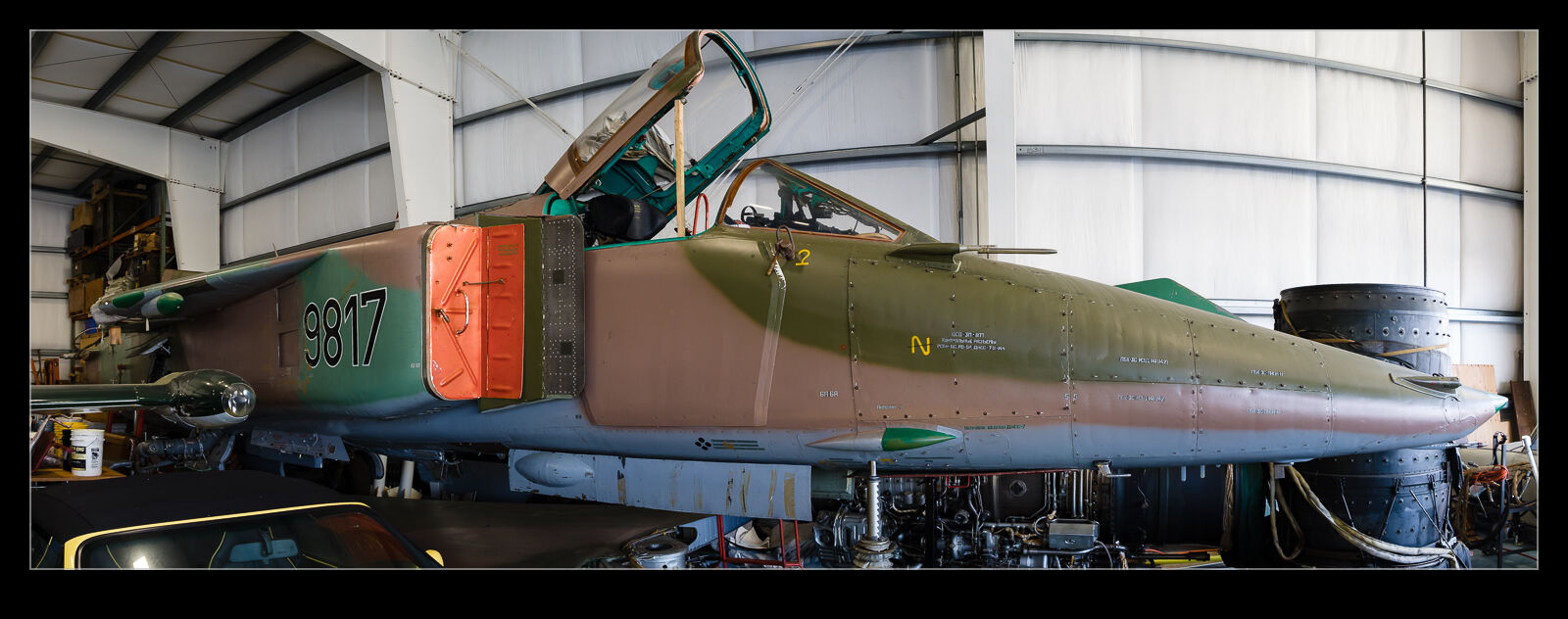 I was doing a favor for a friend from the Midwest a little while back that involved visiting someone north of Seattle who owned a jet that the friend was interested in researching. The documentation was the main reason for the visit, but we also took a trip to his hangar to see the jet. While we were there, he showed me another jet that he has. If you go to a random hangar in Washington, are you expecting to find a pristine MiG-23? He had told me he had it so it wasn’t a surprise at that point, but it was in excellent condition. It hasn’t been re-assembled since it arrived, so the wings are off and the engine is out. However, it was freshly overhauled before he took possession, and the engine has zero time since overhaul too.
I was doing a favor for a friend from the Midwest a little while back that involved visiting someone north of Seattle who owned a jet that the friend was interested in researching. The documentation was the main reason for the visit, but we also took a trip to his hangar to see the jet. While we were there, he showed me another jet that he has. If you go to a random hangar in Washington, are you expecting to find a pristine MiG-23? He had told me he had it so it wasn’t a surprise at that point, but it was in excellent condition. It hasn’t been re-assembled since it arrived, so the wings are off and the engine is out. However, it was freshly overhauled before he took possession, and the engine has zero time since overhaul too.
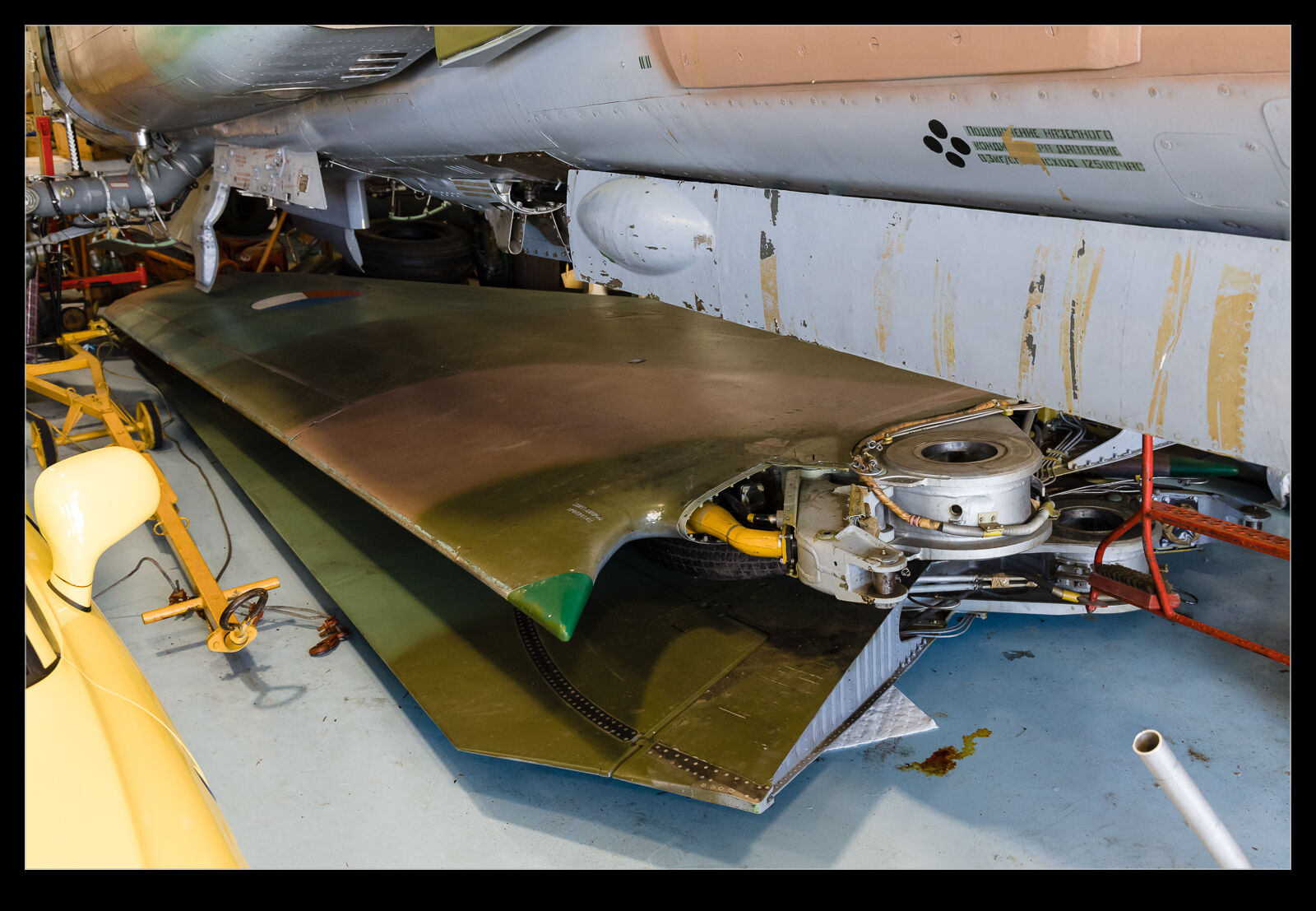 Tucked alongside it in the hangar are the various parts that are removed. I don’t know the status of any of the weaponry, but I am told it has no hindrance to being made airworthy again. He has no interest in doing that and I don’t think he has any plans to dispose of it so it may sit there for a while yet. MiG-23s are impressive jets when airborne and I would love to see this one fly again. The engine is huge and the only time I saw one fly a display at RIAT many years ago, the plume of the afterburner made quite the impression. Maybe one day…
Tucked alongside it in the hangar are the various parts that are removed. I don’t know the status of any of the weaponry, but I am told it has no hindrance to being made airworthy again. He has no interest in doing that and I don’t think he has any plans to dispose of it so it may sit there for a while yet. MiG-23s are impressive jets when airborne and I would love to see this one fly again. The engine is huge and the only time I saw one fly a display at RIAT many years ago, the plume of the afterburner made quite the impression. Maybe one day…
